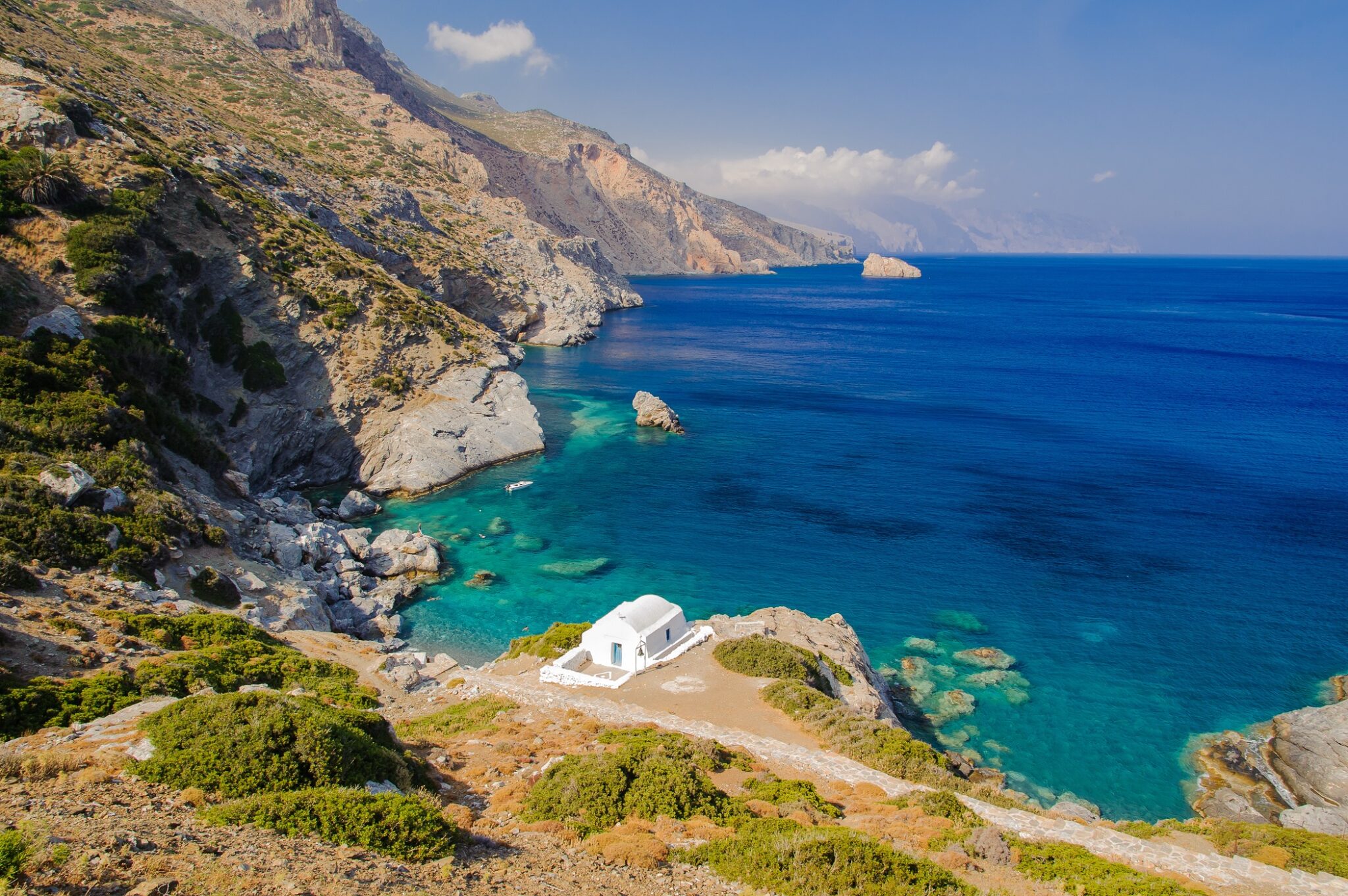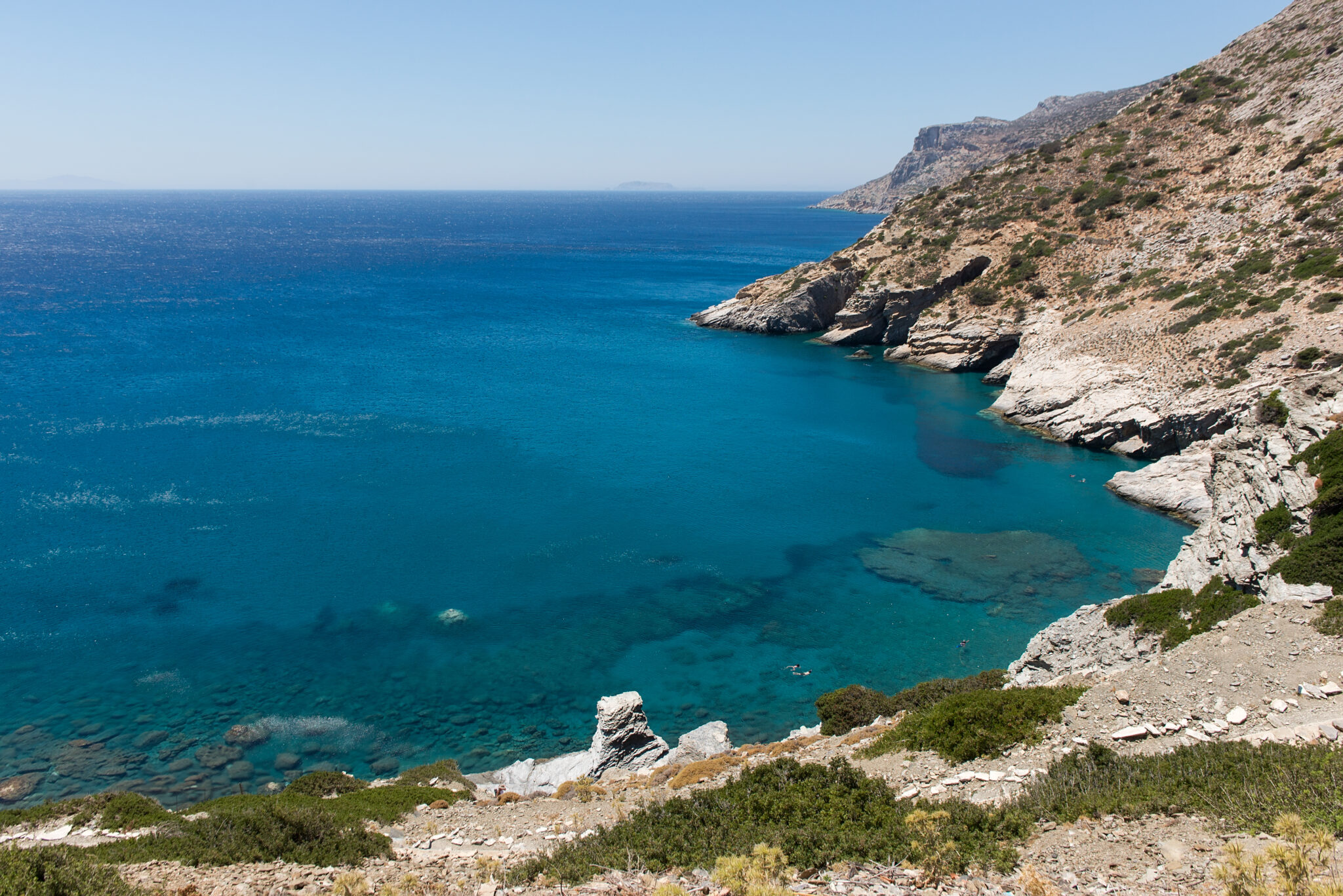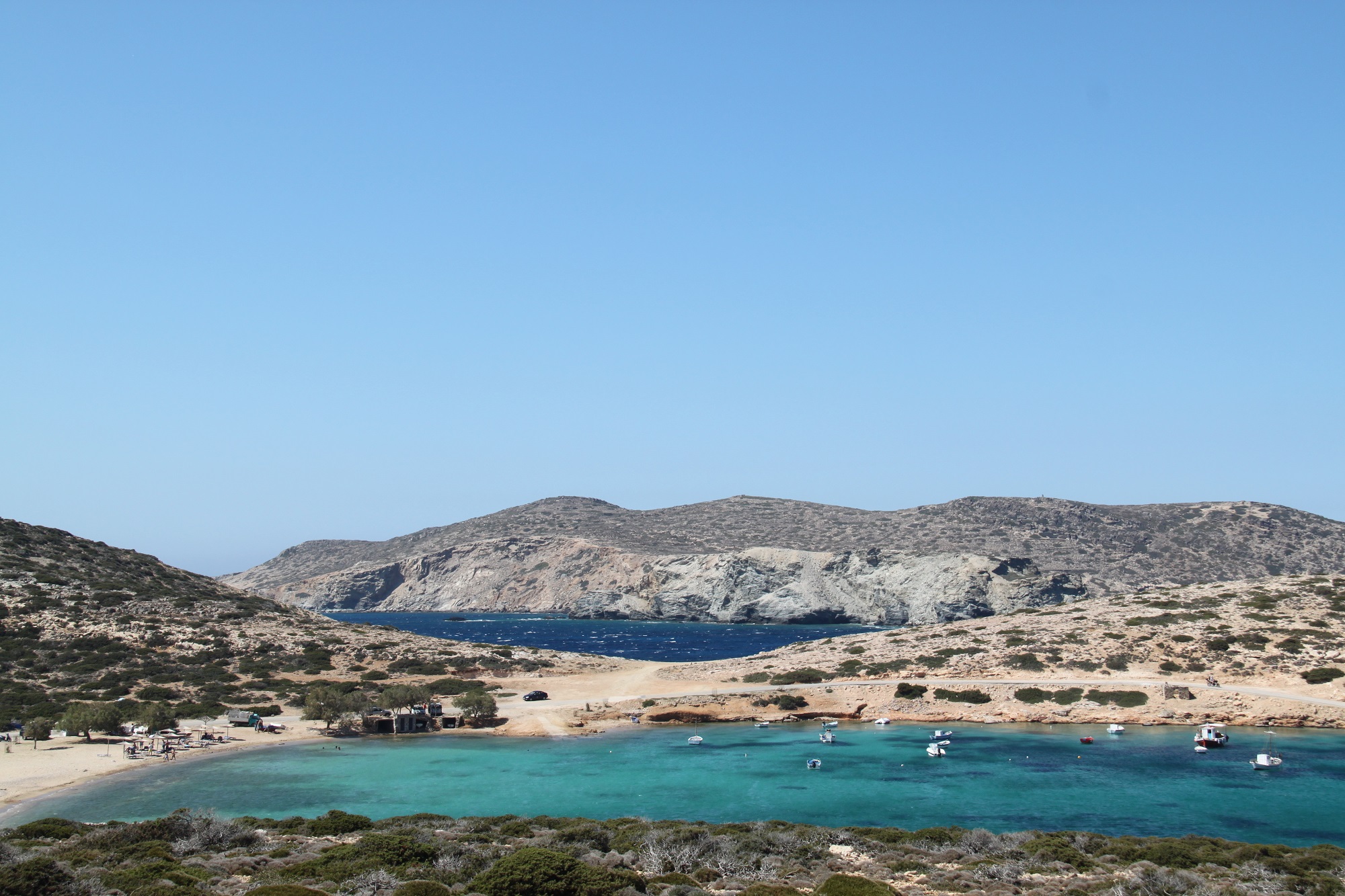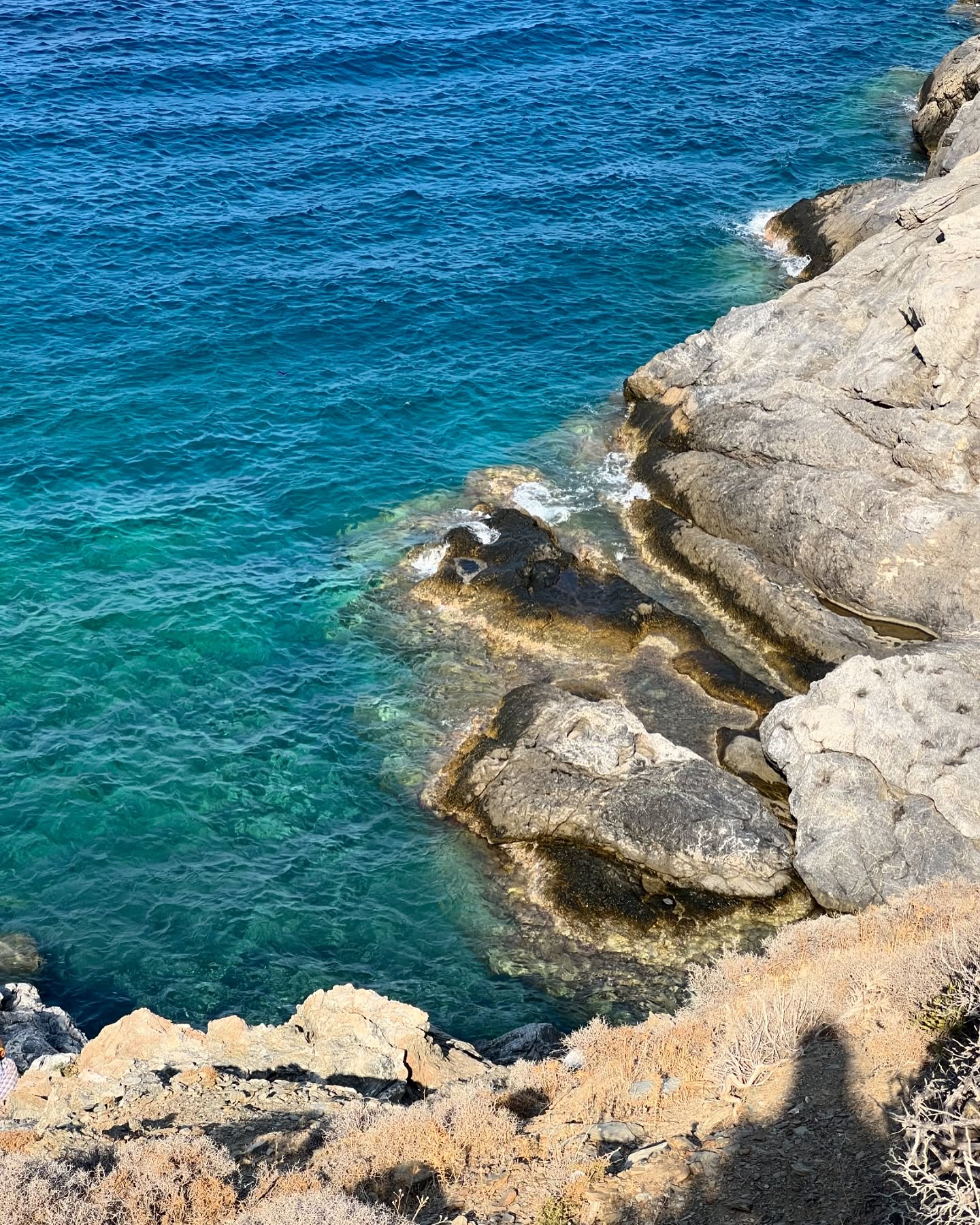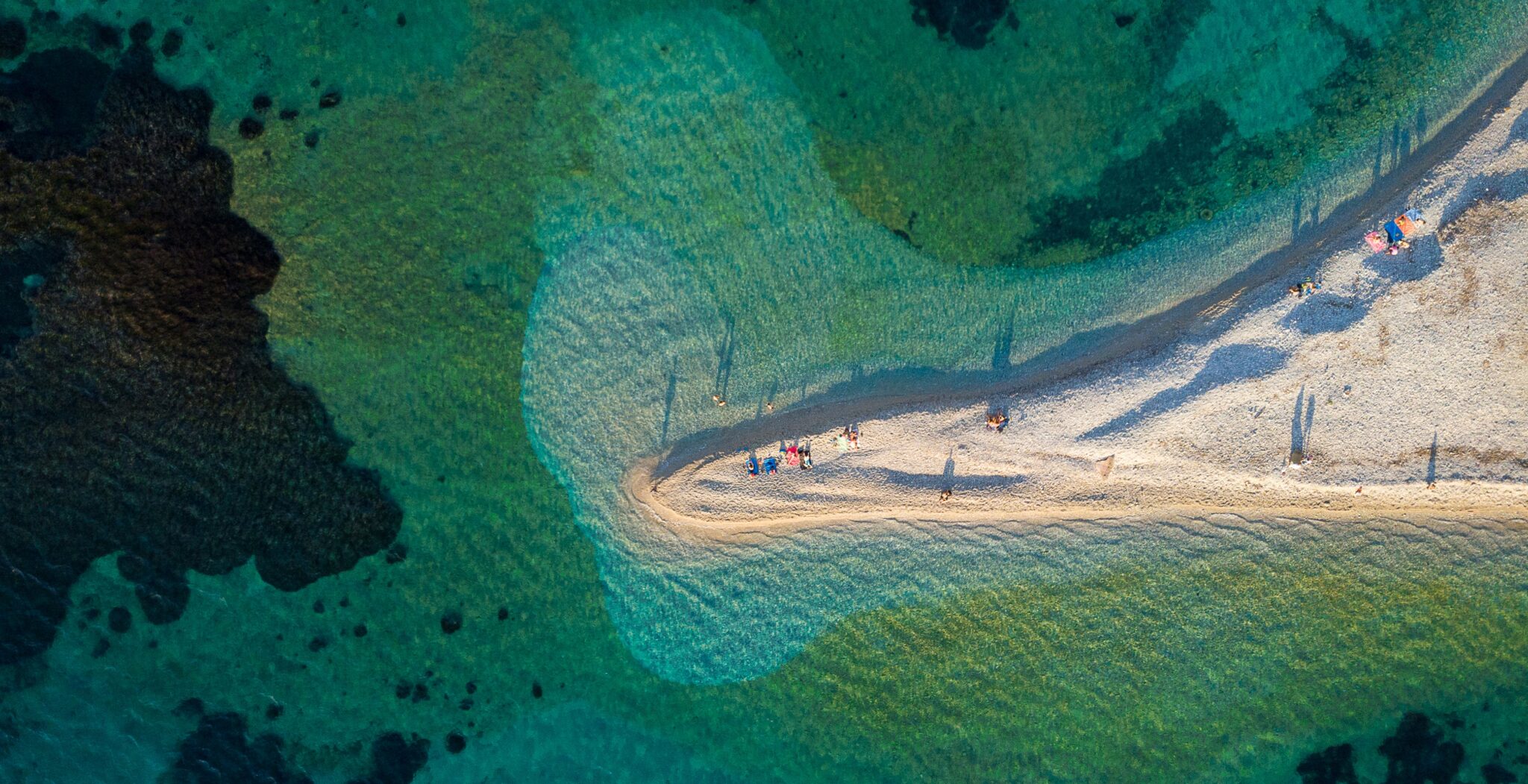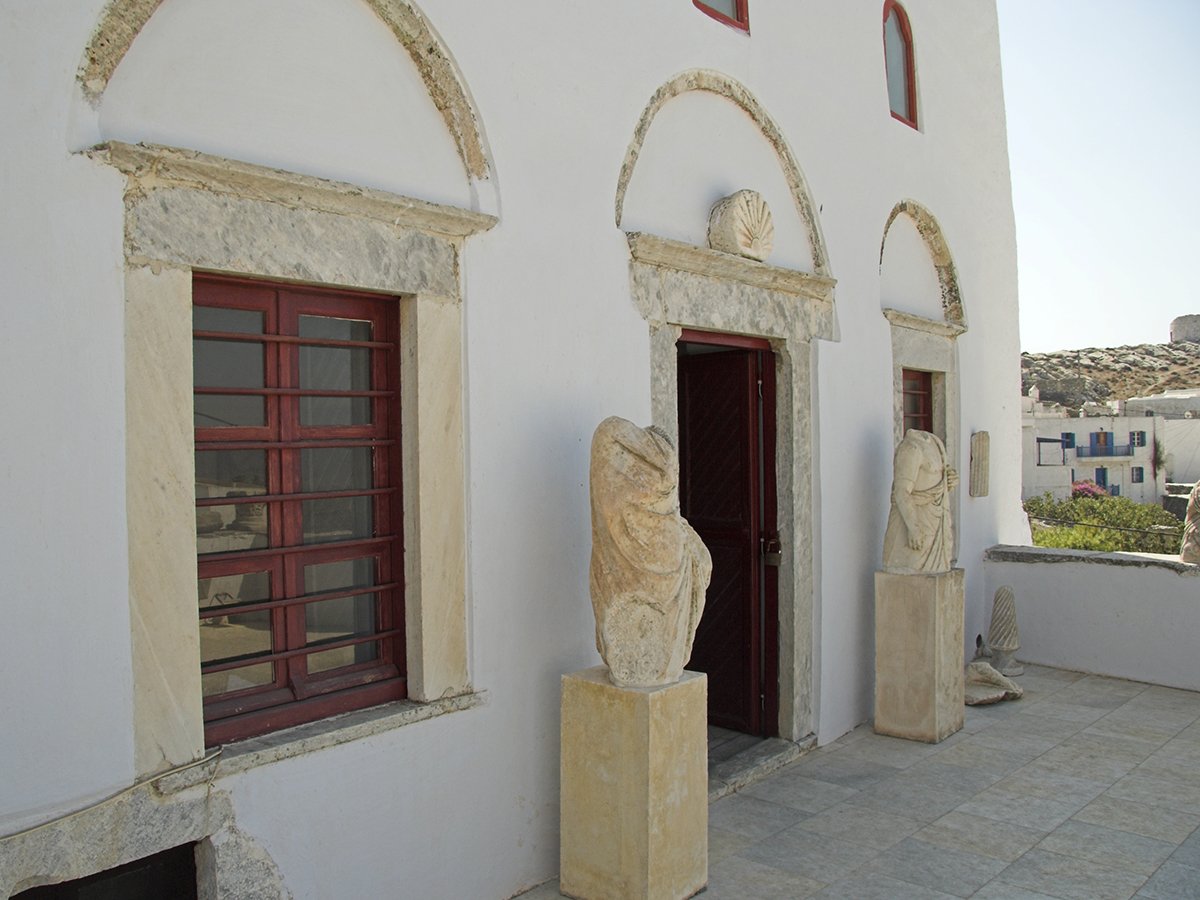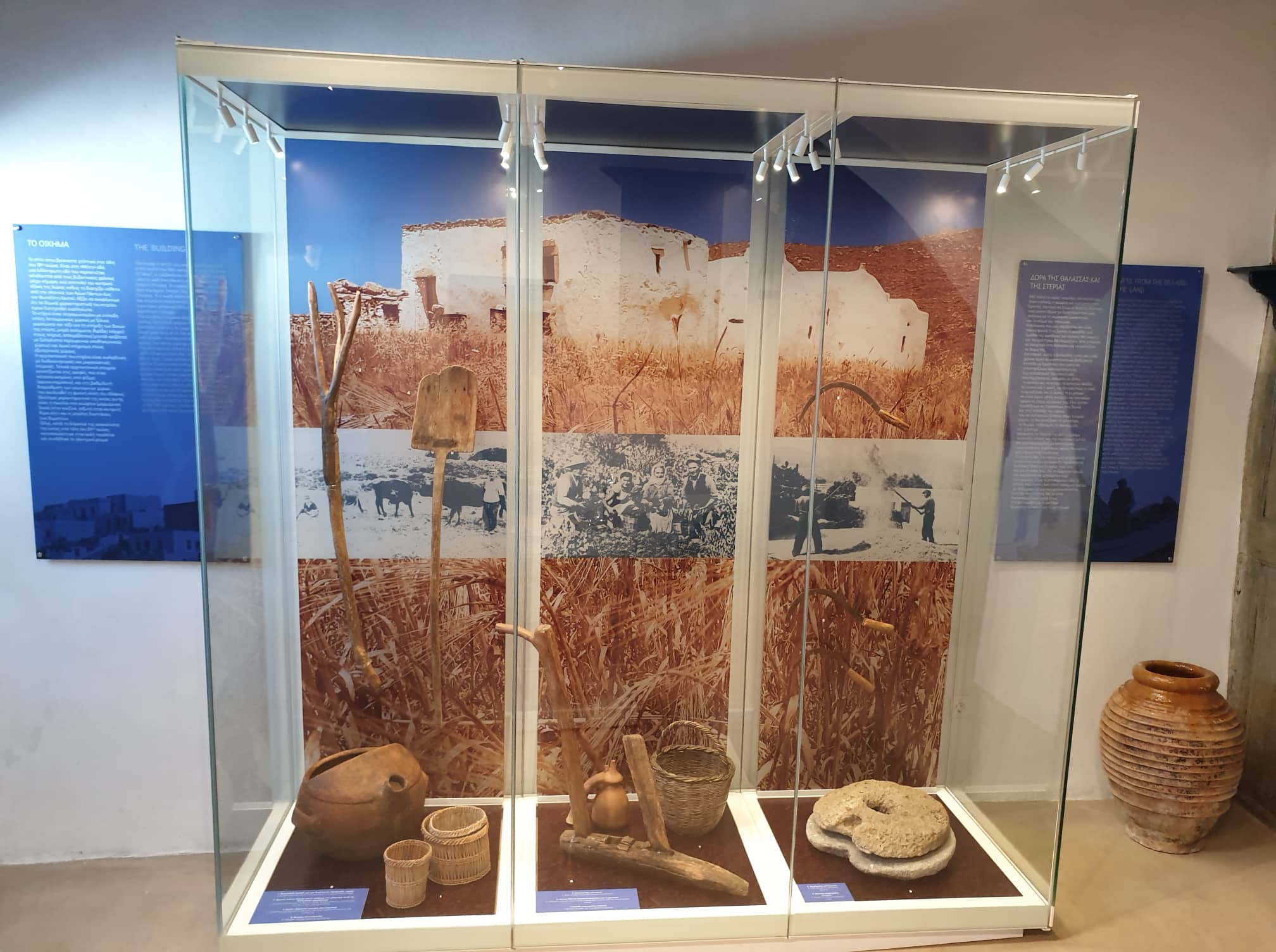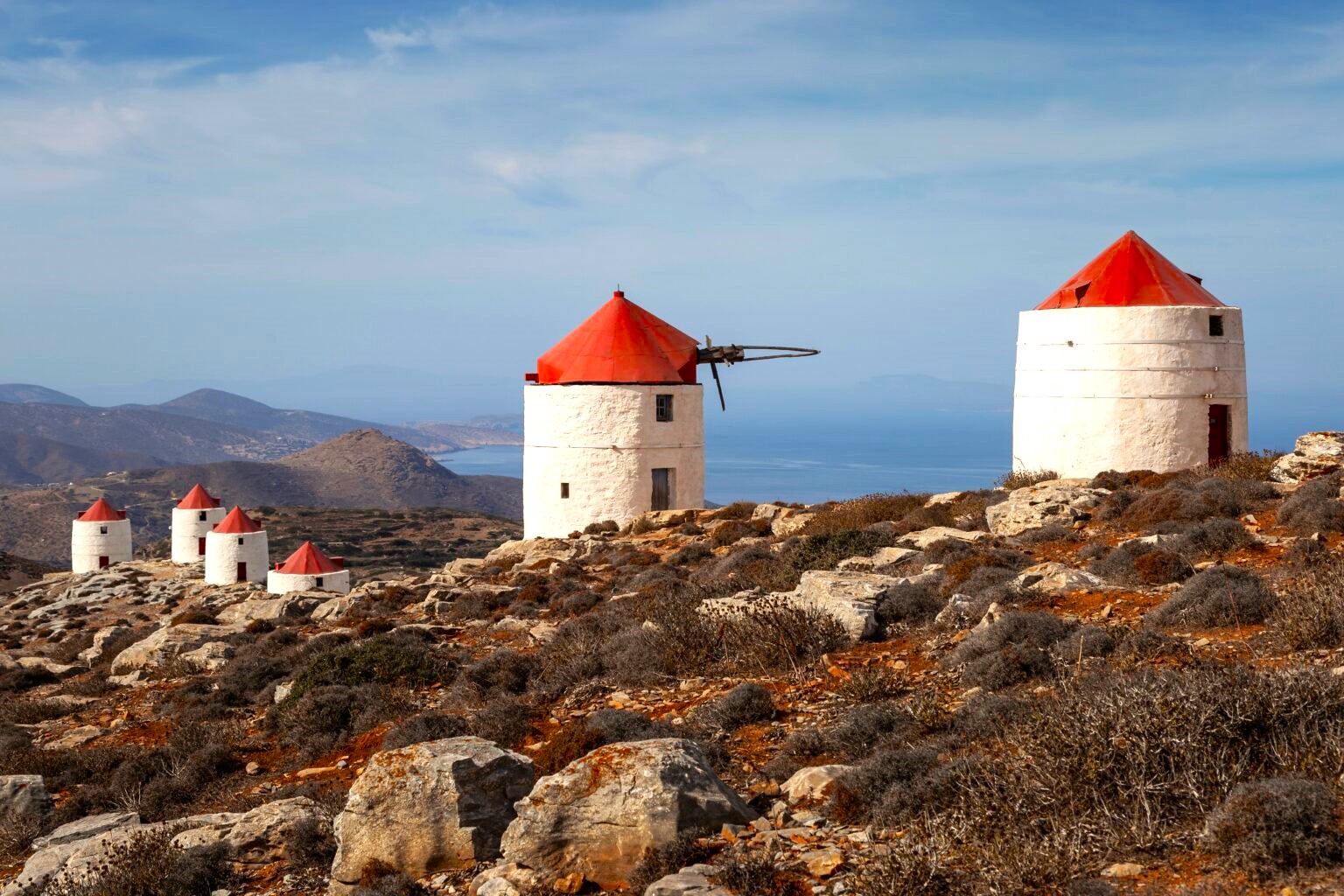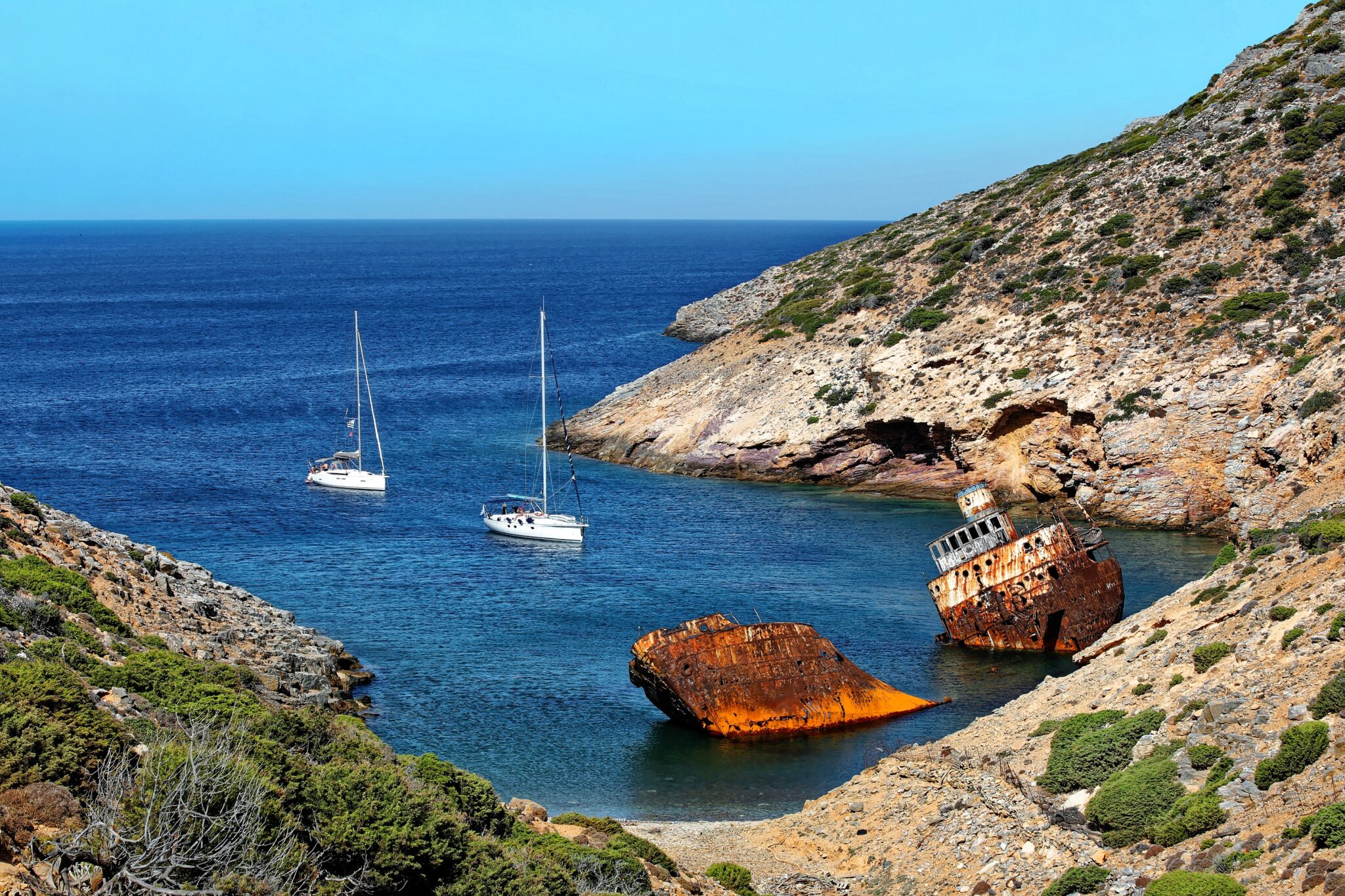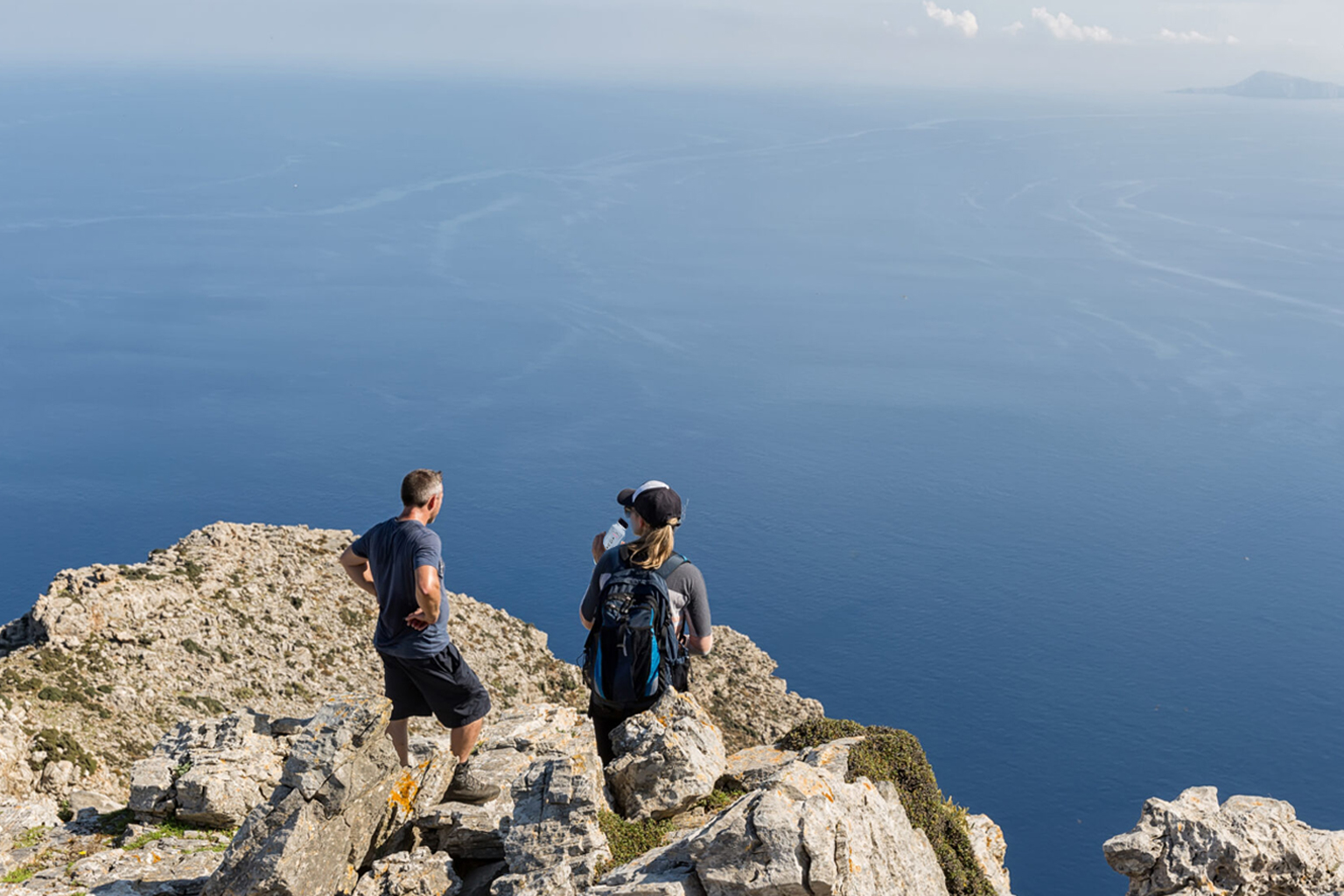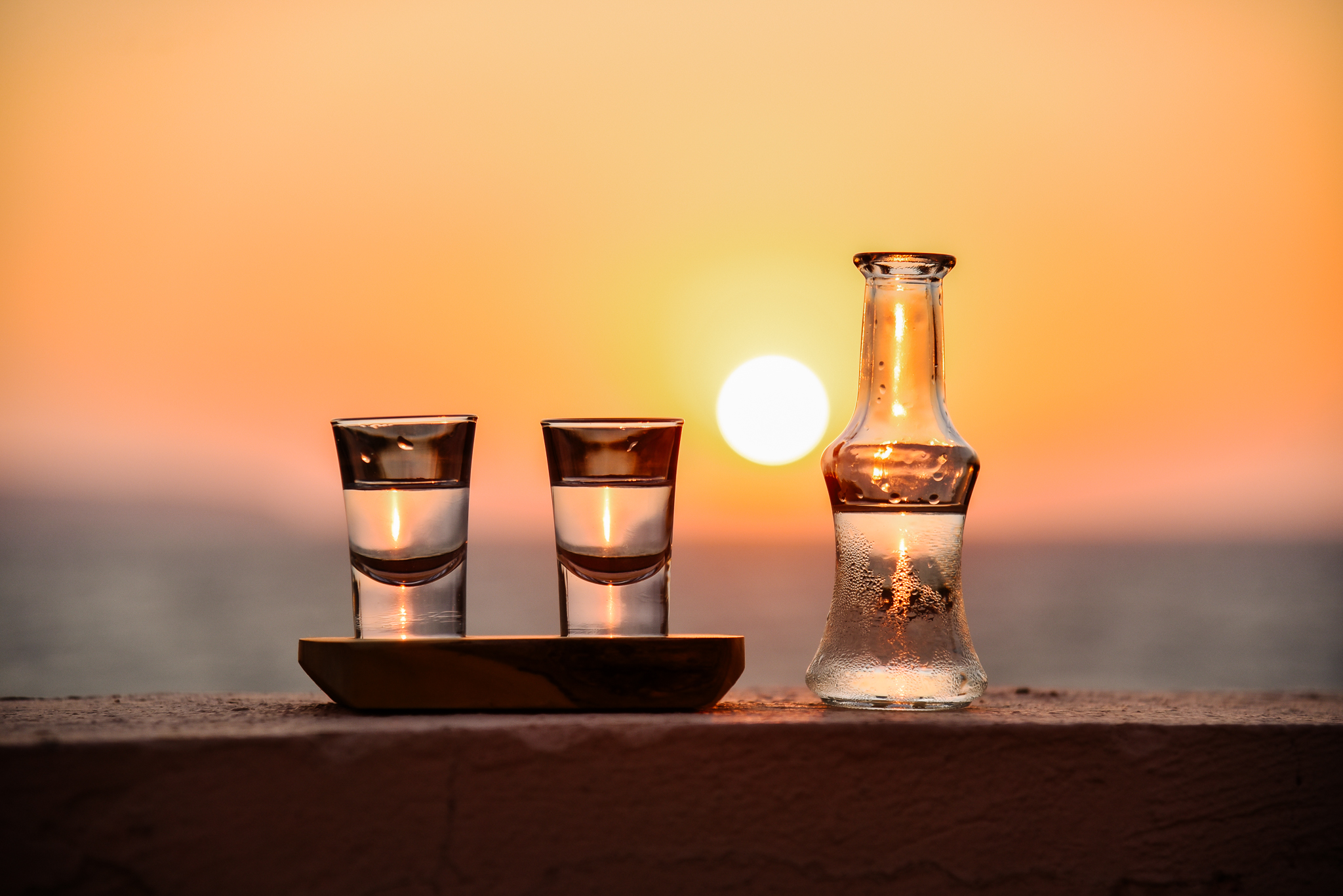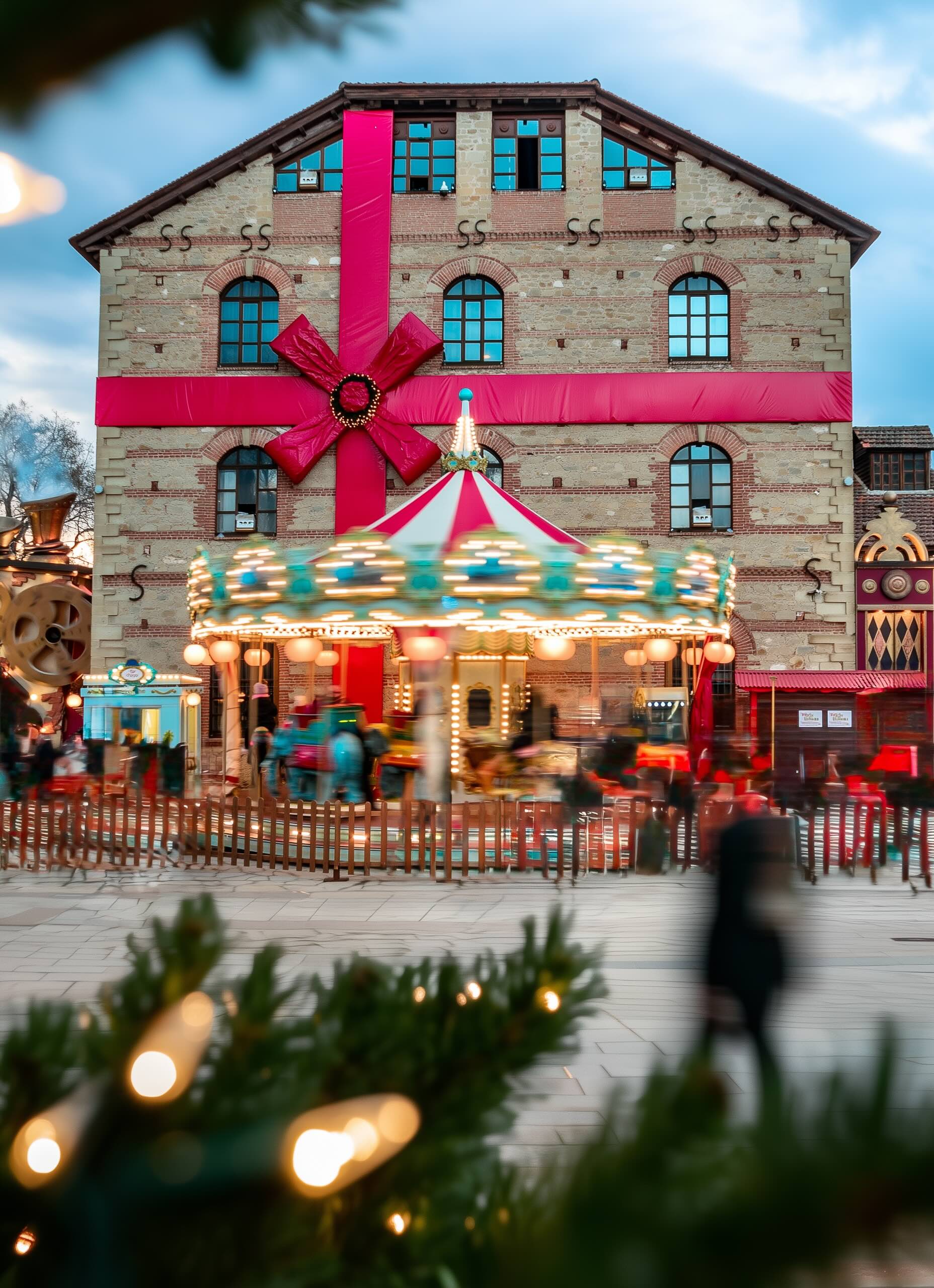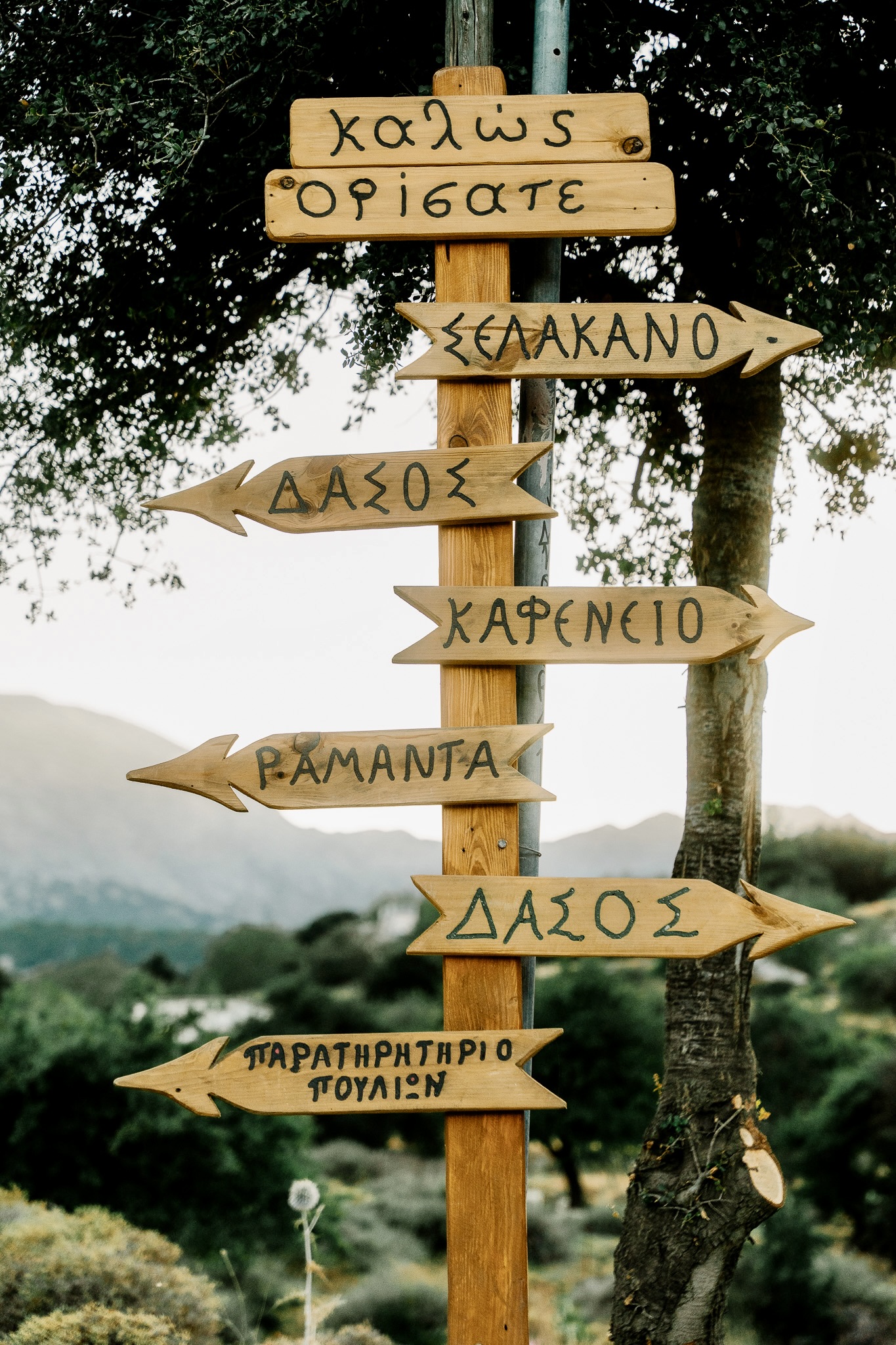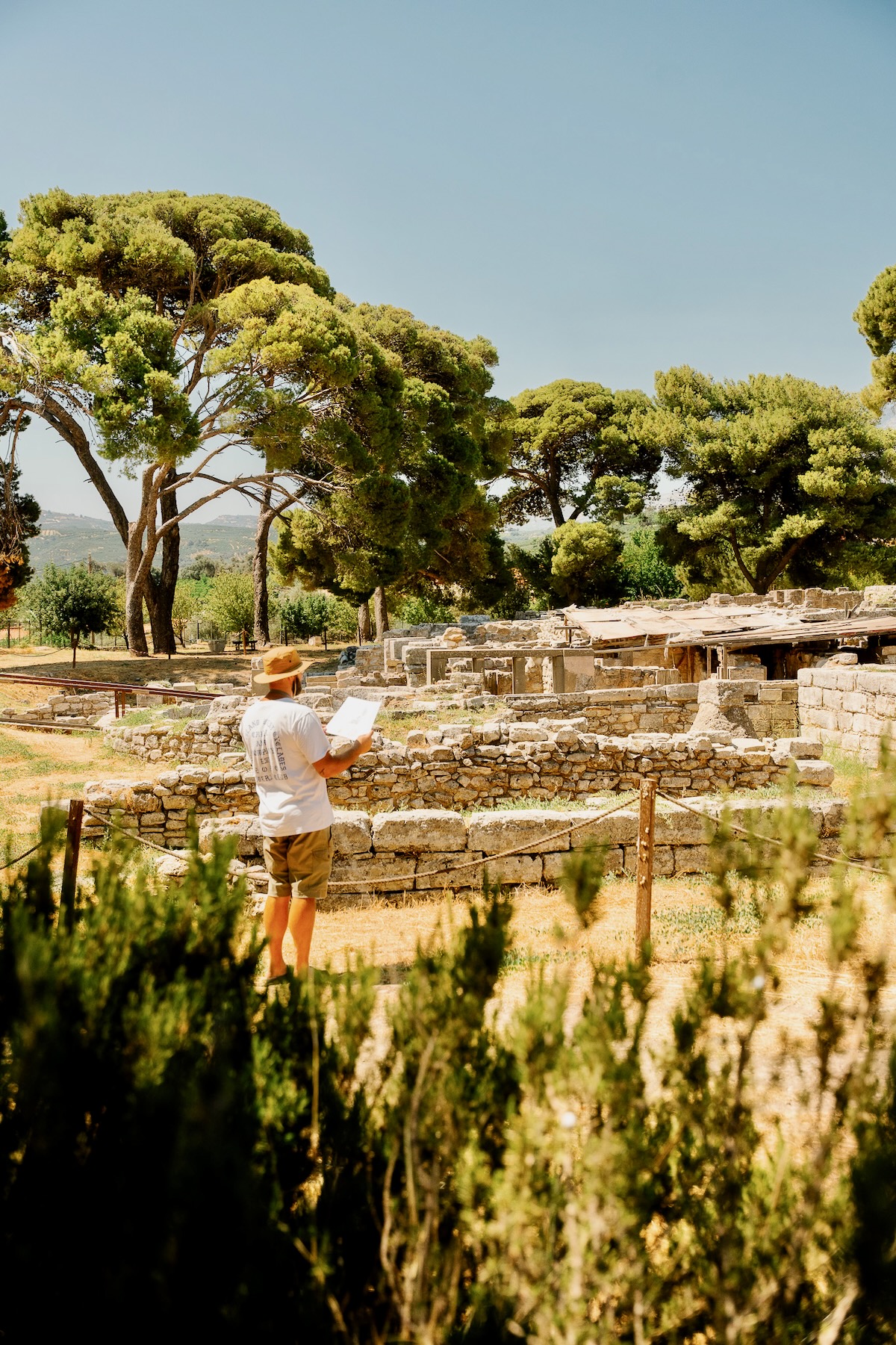Amorgos still greets you in Luc Besson blue – the exact cobalt he captured for The Big Blue three decades ago – yet its raw, wind-combed shoreline remains blissfully off the main Cycladic circuit. More recent lenses have lingered here, too: the German drama Tochter (2021) and the French comedy Les Cyclades (2022) both pressed the island’s wild beauty onto film.
Those frames hint at the reality: a paradise for explorers, divers and hikers, stitched together by pocket-size bays, mountain paths and bright-white churches. Yes, fame swelled the ferry manifests, but Amorgos stays defiantly unconventional. There is nightlife, though most evenings drift from a kafeneio espresso to a taverna plate of grandmotherly stews, then onward to a final drink under a star-flooded sky – no neon scoreboard required.
By day, be ready to roam. The seabed plunges for divers, sparkling beaches wink between capes, and meandering trails cut across imposing rock faces. Follow stone-cobbled lanes through sleepy villages to white-washed courtyards and pocket chapels, or climb the vertiginous steps to monasteries clinging, improbably, to cliff edges – pure white against black rock, their God-level views thrown in for free.
Above it all, a 13th-century kastro surveys Chora. Wander downhill into the bustle: boutiques, bakeries, bars and the easy mingling of visitors and locals in twisty alleys streaked with bougainvillea.
Pack light. Walk often. Amorgos reveals itself in gradients – of depth, of height, of silence – and always, unerringly, in blue.
Beaches
Agia Anna
This is the beach that made Amorgos world famous in 1988, when the celebrated Besson film starring Jean Reno was shot there. Just three kilometers from Hora, it has crystal-clear turquoise waters which, combined with the rocky coast and the views out to Mikro and Megalo Viokastro islands, create a postcard-perfect landscape. The beach is small and gets busy, so if you want to visit, you should go early in the morning or in the late afternoon. Make sure you bring everything you need because there are no services, although there is parking above the beach. Weddings and christenings are often held in the small chapel that gives its name to the beach.
Mouros
One of the most famous beaches of Amorgos, with pebbles and wonderful deep waters. The seabed is ideal for snorkelling with underwater sea caves. It is about two kilometers from Kamari and can easily be reached by car from Hora. The impressive, vertical cliffs that frame the small bay provide a stunning background for photoshoots, but offer little respite from the sun. There is a taverna with a car park above the beach with far-reaching views and from there it is a 5-minute downhill path.
Nikouria
You can swim on the shores of this small uninhabited island located across from the beach of Agios Pavlos. The islet has three beaches, all with sand and stones, and a curious population of goats and sheep.
Kalotaritissa
A pretty bay sheltered from the wind with the sandiest beach in Amorgos, Kalotaritissa is easily accessed by car, following the road to Arkesini. It has umbrellas, sunbeds, a beach bar, and tourist boats depart from here for the magical island of Gramvoussa. Make a detour on the way to the beach to visit the eerie shipwreck of the ‘Olympia’ in a nearby cove.
Levrossos
A sandy beach, about 20 minutes walk from Aegiali, it is one of the better beaches in the area. It used to be predominantly nudist, but nowadays it is popular with families with young children as the water deepens gradually and there is shade from trees. You can visit by boat, bus, or car, but parking spaces are limited. The path, starting at the parking area, is downhill and includes several steps, so it is not suitable for people with limited mobility. The beach is not serviced, but there is a taverna where you can eat, and you can also walk further to the smaller beaches of Psiliammos and Hoklakas.
Maltezi
This beach is located northwest of Katapola and is considered one of the most beautiful in the surroundings. It is serviced, sheltered, with fine sand and turquoise waters. Access to Maltezi is by boat from the port of Katapola or by walking for about 20 minutes and following the path from the tiny village of Xilokeratidi.
Agios Pavlos
This is a shore with a distinctive shape; a curved finger of land entering the water. The beach is covered in large white pebbles and it has clear waters. It is serviced, with a beach bar, sunbeds, and umbrellas, while tourist boats depart here for the island of Nikouria.
Gramvoussa
From the bay of Kalotaritissa, you can take a tourist boat and visit the island of Gramvoussa, a short ride nearby. With golden sand, clear waters and a view back across to Amorgos, it is popular with speedboats and ribs that approach the islet during the summer months. On the beach, you will find sunbeds and umbrellas, however there are no other facilities, so make sure you have the necessary supplies. Impressively, considering its remoteness and harsh terrain, Gramvoussa was inhabited until the 1990s when the last family left.
Top Sights
Panagia Hozoviotissa
The second oldest monastery in the Greece, it is an icon of the Cyclades, built so that it looks like it is clutching on to the edge of the cliff. Visible only from the sea, to reach its entrance you must climb 350 steps but the view from the top will reward you. After passing through the narrow door, you climb another eight floors so that you can admire the Catholicon with its Byzantine icons of Hozoviotissa.
Agia Triada
The chapel of Agia Triada is located in Lagada and is of great interest because of its architectural peculiarity; it is built in a cave, high up on a steep cliff. To reach it, climb a narrow stone staircase with 65 steps. It was built during the years of pirate raids and the inhabitants occasionally used it as a hiding place. It is wedged into the rock and offers a spectacular view of the bay of Aegiali
Archaeological Museum
Located in Hora and housed in the Tower of Gavras, a historical monument built during the Venetian rule. The main exhibits are sculptures, statues and reliefs dating from the Archaic period (6th century BC) to the Roman Empire (2nd century AD) mainly from the three ancient cities of Amorgos; Aegiali, Arkesini and Minoa. (tel. 2285 071831)
Folklore Museum
The museum is housed in a historic house in Hora, which has been preserved unchanged and offers visitors the opportunity to admire objects of everyday household use like pitchers and pots, agricultural and livestock tools, such as the shovel, the plough, the millstone, containers for collecting, transporting and storing fruit, and samples of basketry and photographic material showing the harsh conditions of everyday life in the past, at home, in the field or in the pasture and how they managed to tame the wild nature of the island. In addition, you will see the interior furnishings and decoration of a traditional Amorgos house.
Venetian Castle
The Venetian castle was built in the 13th century by Venetian rulers to protect the island from the Saracen pirates. It is 65m high, imposing its presence on Chora. Around the castle lies a traditional settlement with white Cycladic houses and winding narrow streets.
Windmills
Across from the Venetian castle stand the traditional windmills that survive until today. For more than 300 years, dozens of windmills scattered all over the island supplied the locals with precious flour. Today, only eleven remain, adding their special aura to the idyllic setting of Hora.
Archaeological Sites
In various locations around the island, you can see remnants of ancient civilizations, which prove that Amorgos has been inhabited since Prehistoric times. The point of greatest interest is the hill of ancient Minoa and the present-day site of Katapola, where a vaulted Mycenaean tomb and temple of Apollo have been discovered.
The Olympia Shipwreck
Located in Kato Meria, near the beach of Kalotaritissa, the ‘Olympia’ shipwreck is half-sunk, just a few meters from the coast, and is one of the most popular and impressive sights on the island. The ship was built in 1950 and wrecked in 1980, when, during a violent sea storm, it unsuccessfully tried to find shelter in the bay.
Hiking Trails
There are many trails on the island, some of them ancient, others more recent. Most of them are in excellent condition because they are still used today by the locals who keep farms and cattle in dispersed parts of the island.
There are 12 marked hiking trails, and you will find them on the map published by the Region of South Aegean, but in some places the signposting has suffered damage and elsewhere it has even been lost and you need to be careful.
The network includes routes for all levels of difficulty. In addition to the trails, the map accurately shows the beaches and all the sights. You can buy it in the shops on the island or at www.terrainmaps.gr. You can also get it in electronic form on your mobile phone from the Avenza Maps website.
Eating in Amorgos
Produce & Cuisine
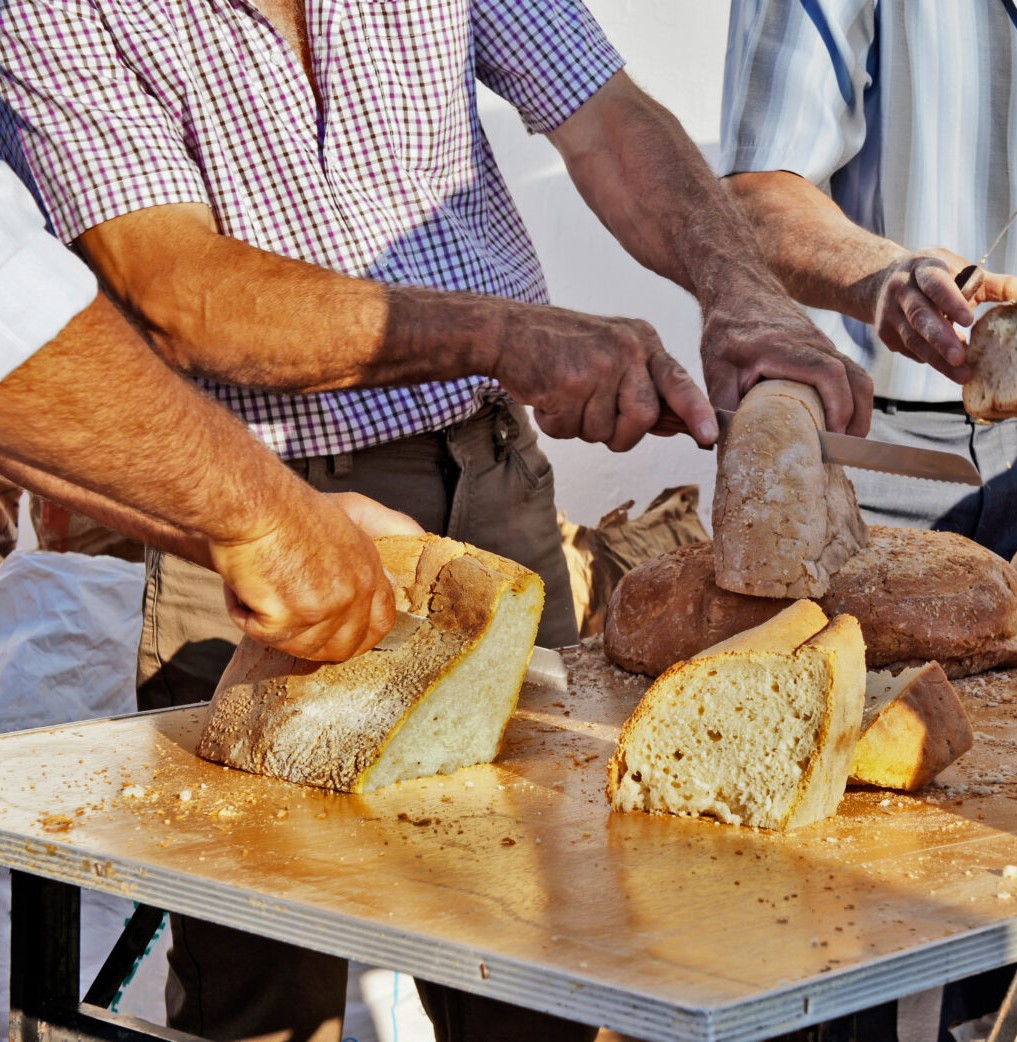
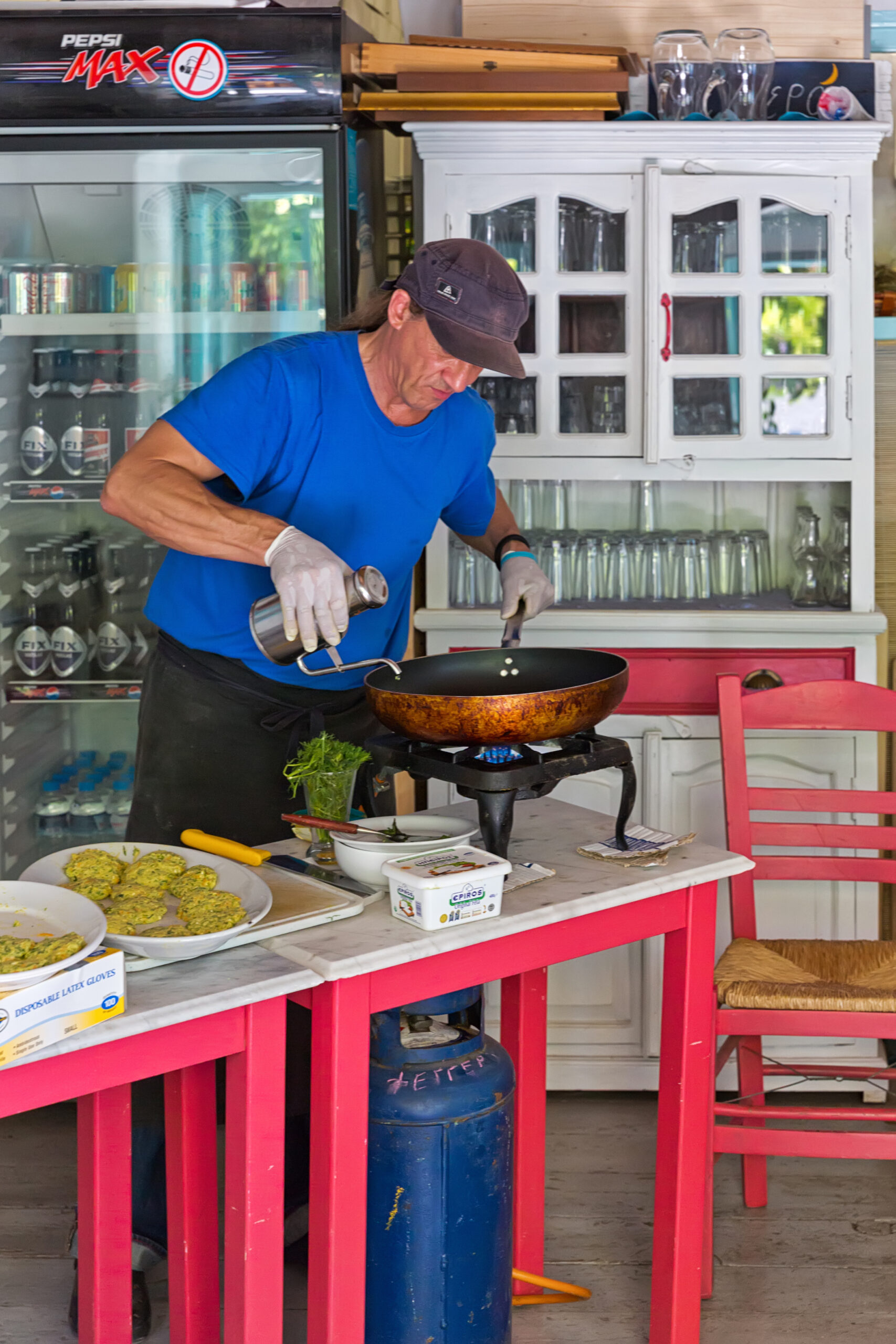
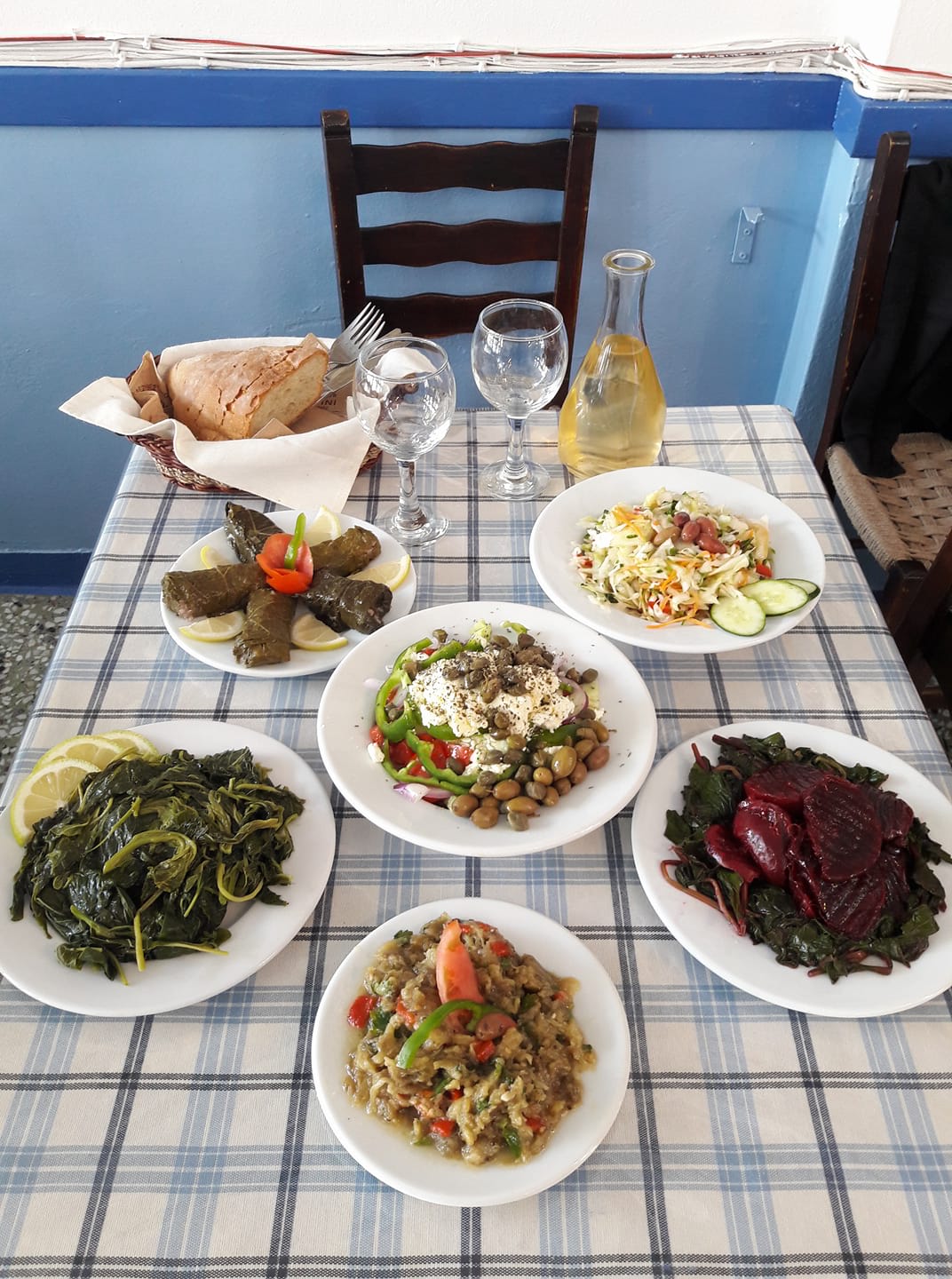
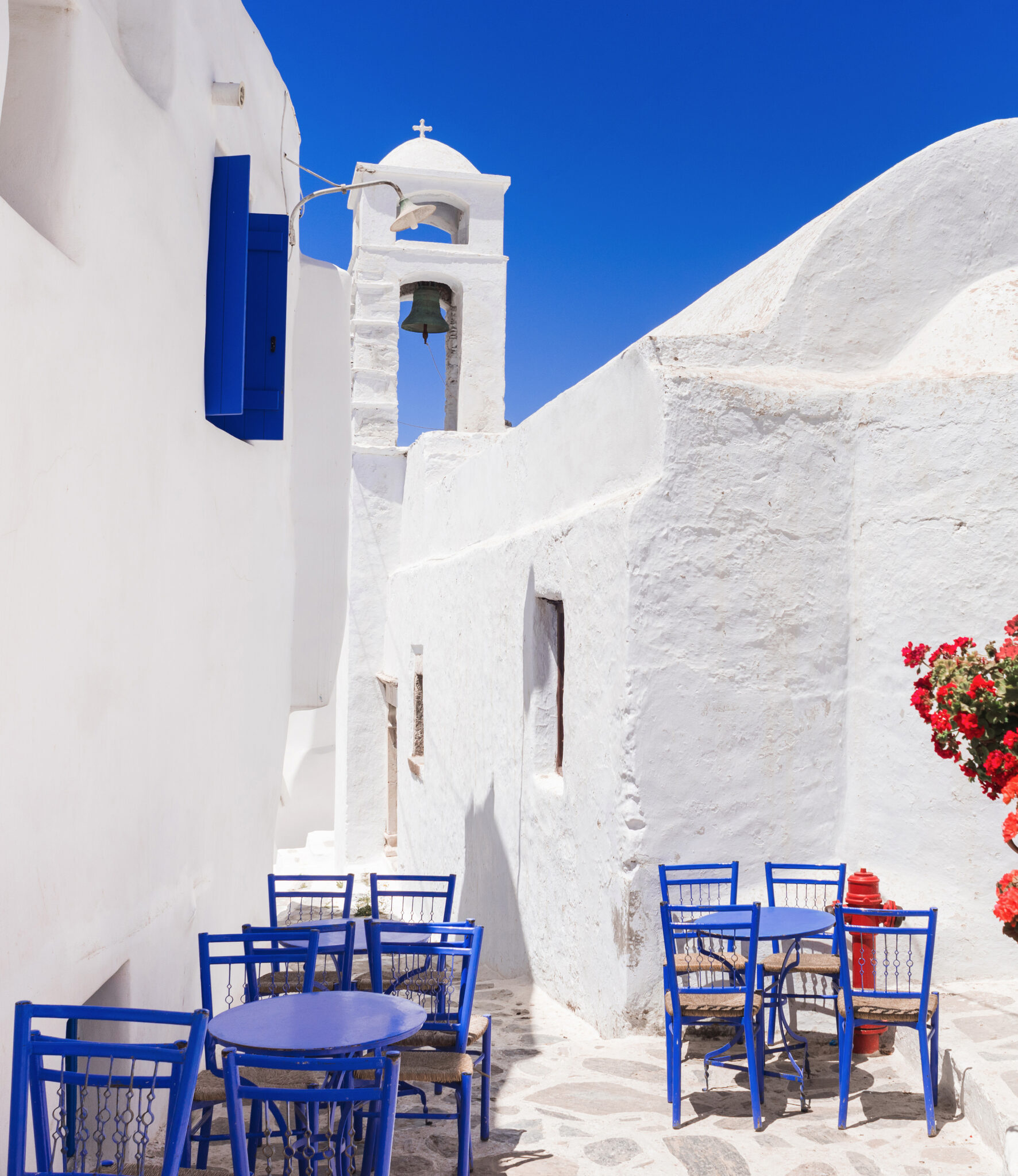
Mountainous and barren, the island of Amorgos is home to thousands of sheep and goats grazing freely on the rocks in the mountains or by the sea. Meat is at the core of the island’s cuisine with typical dishes such as Patatato (goat or lamb with spiced potatoes and red sauce), Aranista (stuffed goat with rice soup), and Xidato (tripe soup seasoned with vinegar).
The long tradition of livestock farming provides plenty of milk and many special goat and sheep cheeses, mainly home-produced: hard and salty Melipasto, Graviera, Myzithra, Xinomyzithra, and small quantities of Kopanisti.
The fava of Amorgos comes from the plant Katsouni, like the fava of Schinoussa, and differs from the Plantlathouri, which is the fava of Santorini. It is served as “Fava Pantremeni” (fava beans boiled with onion, capers, oil, and lemon) and also as “Favokeftedes”, fritters made by mixing boiled fava beans with fennel and chopped onion.
The island’s green pies are traditionally made with wild chards and herbs. The abundance of these aromatic herbs creates ideal conditions for the development of beekeeping.
Thyme honey is the main product, but flower honey is also produced. The local olive groves, mainly around Aegiali, planted with the varieties “Manaki Koroneiki” and “Hontrolia”, produce good quantities of extra virgin olive oil.
The island also has small fleet of fishing boats that contribute to the local gastronomic character. Sun-dried Blotched Picarels are an island speciality; the fish are first salted and then dried in the sun, and served as a snack for ouzo.
In the lowlands, quantities of wheat and barley were traditionally grown, and several families still use wheat rye to make their own black yeast bread and Pavlus, a type of rusk. Traditional sweets include the Xerotigana, made with a thin dough shaped as a rose and covered in honey and sesame seeds, and the Sesame Pasteli (honey and sesame bar).
As for drinks, Roasted Raki, a kind of liqueur based on Greek grappa and honey, flavoured with herbs and spices, is famous. Even before it became known throughout the country, it was a concoction drunk hot to relieve colds and coughs. Similarly, women drank it on visits and at festivals to avoid the strong Raki that men drank. Today it is produced at a winery-distillery on the island under the name “Rakomelo” and it is served throughout Greece and exported to foreign countries.
Where to Eat
Amorgialos
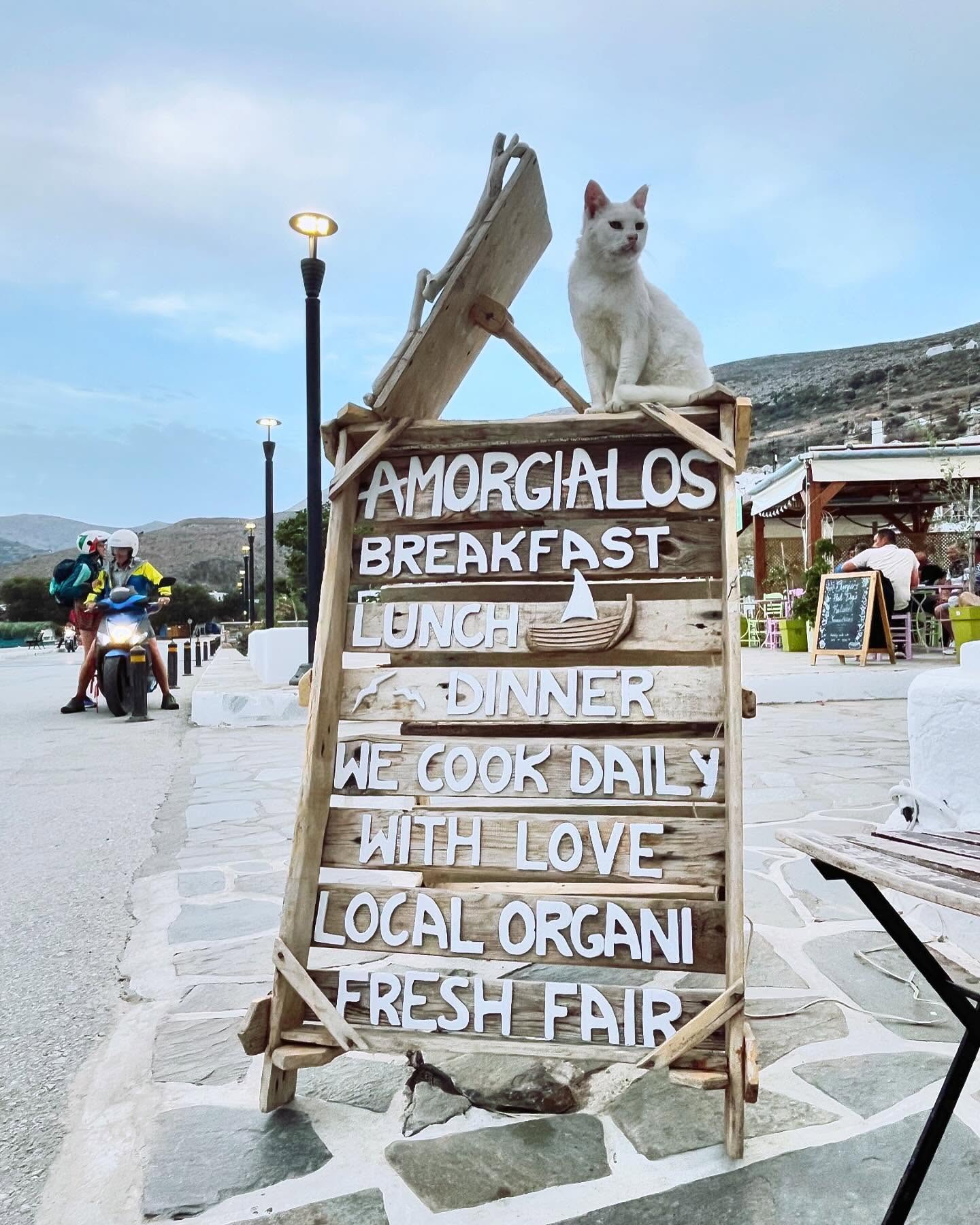

Situated on Aegiali’s waterfront, this stylish taverna elevates traditional Greek cuisine with small‑plate tapas, artisanal rakomelo, and live local music nights. Known for standout dishes like cuttlefish with anise and cinnamon‑braised octopus, the friendly and professional service adds to its vibrant, bohemian‑chic atmosphere. Expect a buzzy, social crowd sipping local wine amid laid‑back Cycladic vibes.
Aegiali
To Limani Tis Kyra Katinas
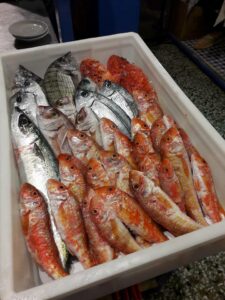
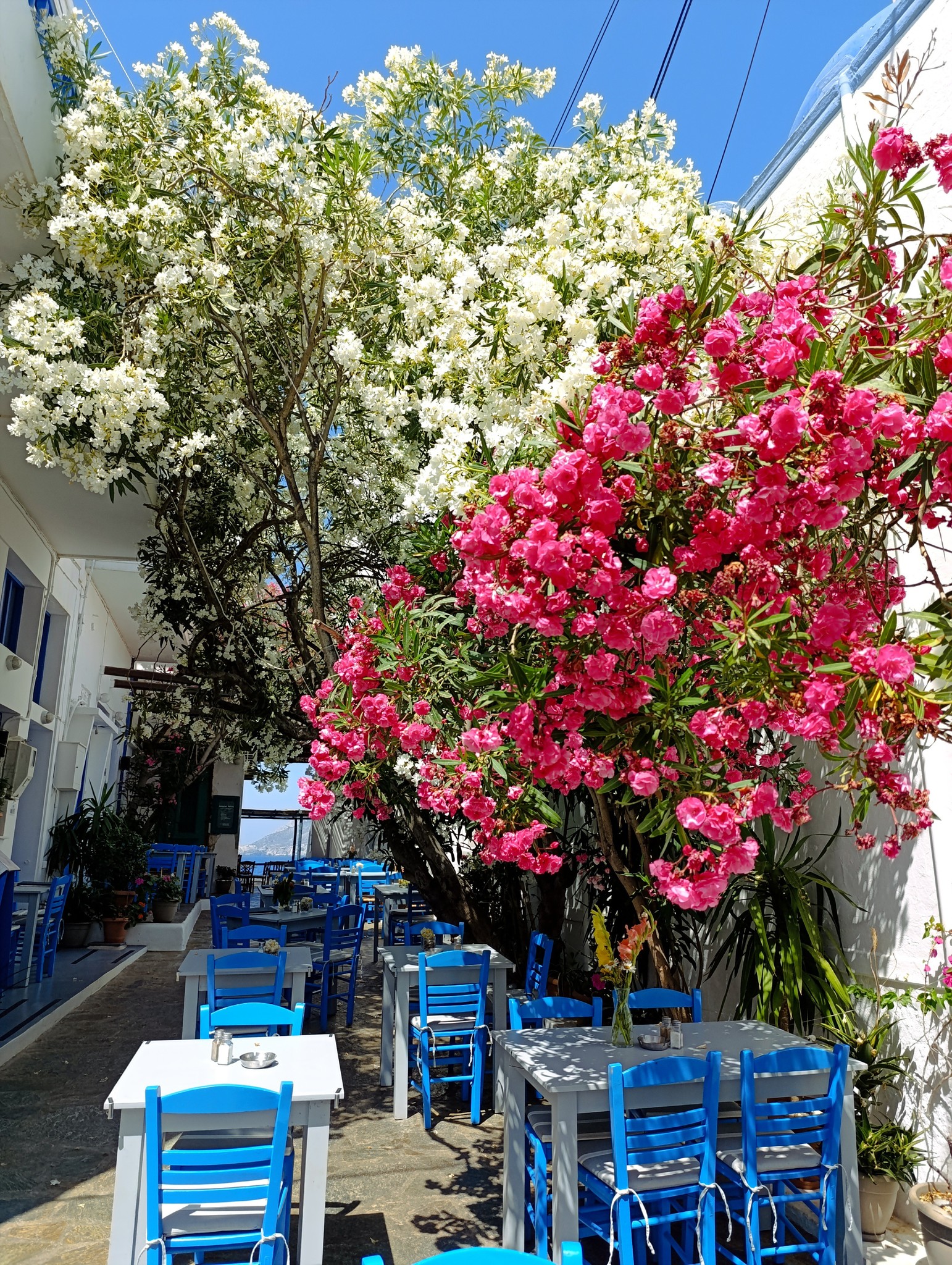
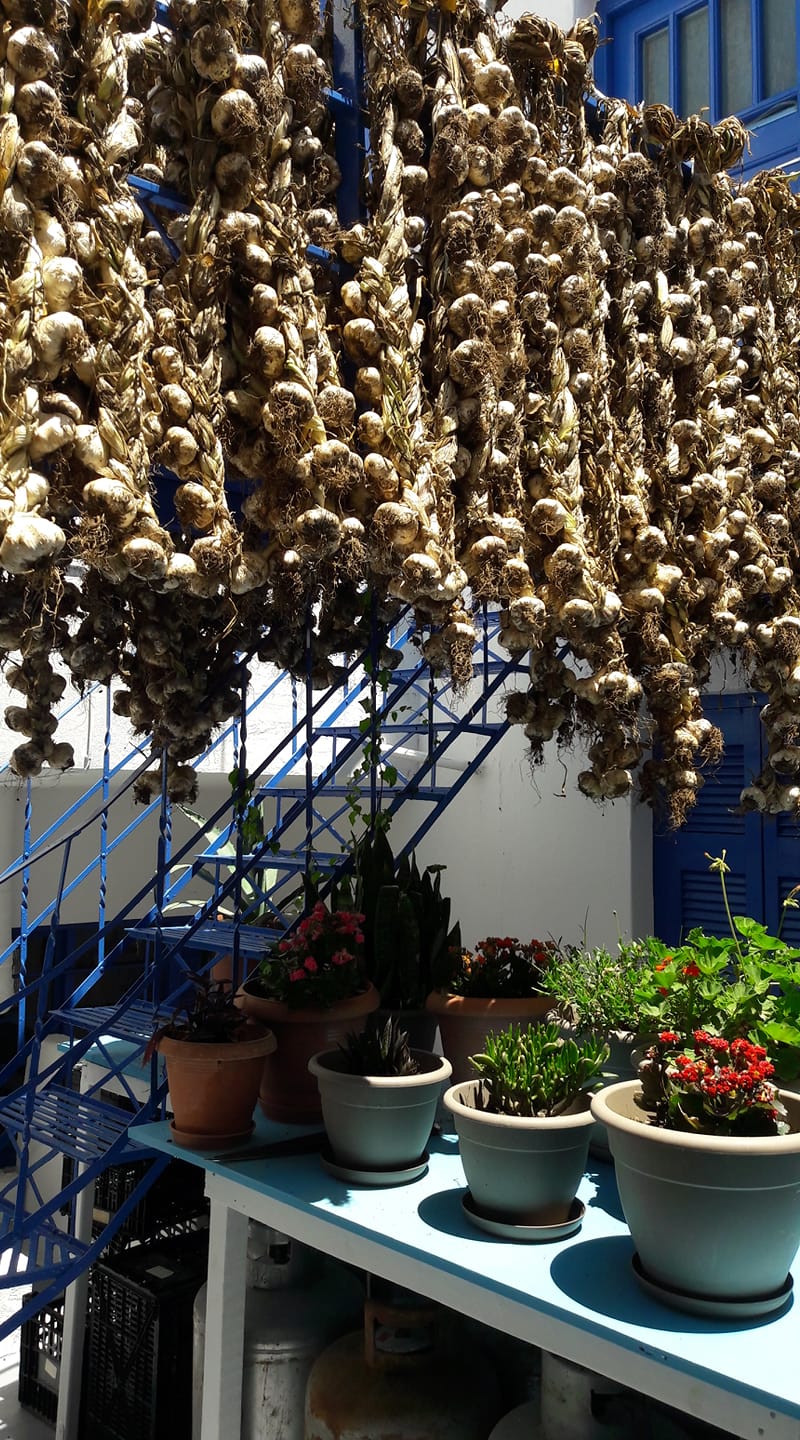
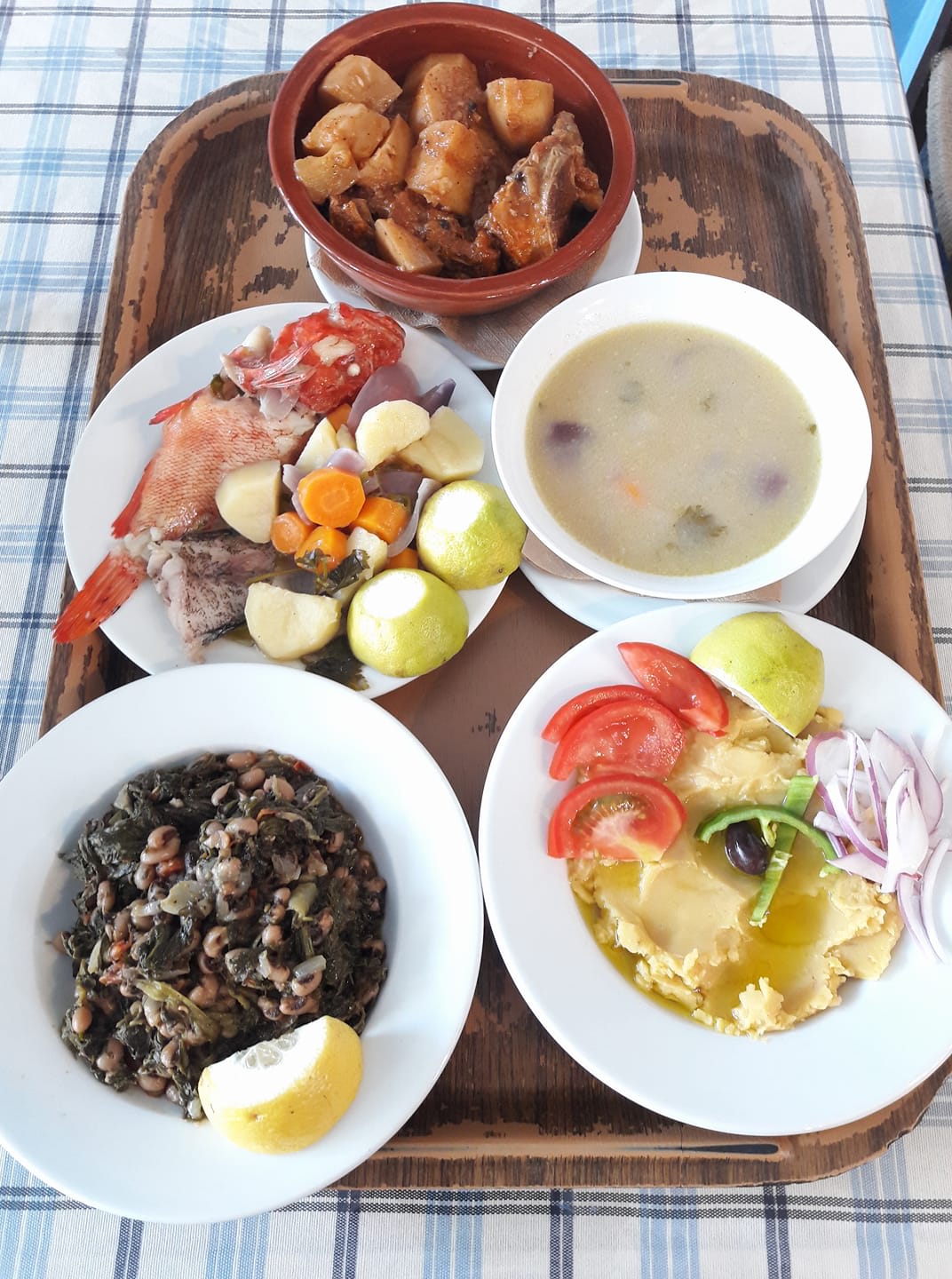
A charming, long‑standing fish taverna tucked in a quiet alley of Aegiali, offering some of the island’s freshest seafood. Famous dishes include lobster pasta, patatato (lamb‑and‑potato stew), and octopus pie, all made with locally caught fish and home‑grown herbs. No‑frills wooden tables and relaxed seaside ambience create a warm, family‑run feel. A peaceful maritime eatery in Aegiali harbour.
Aegiali
Youkali
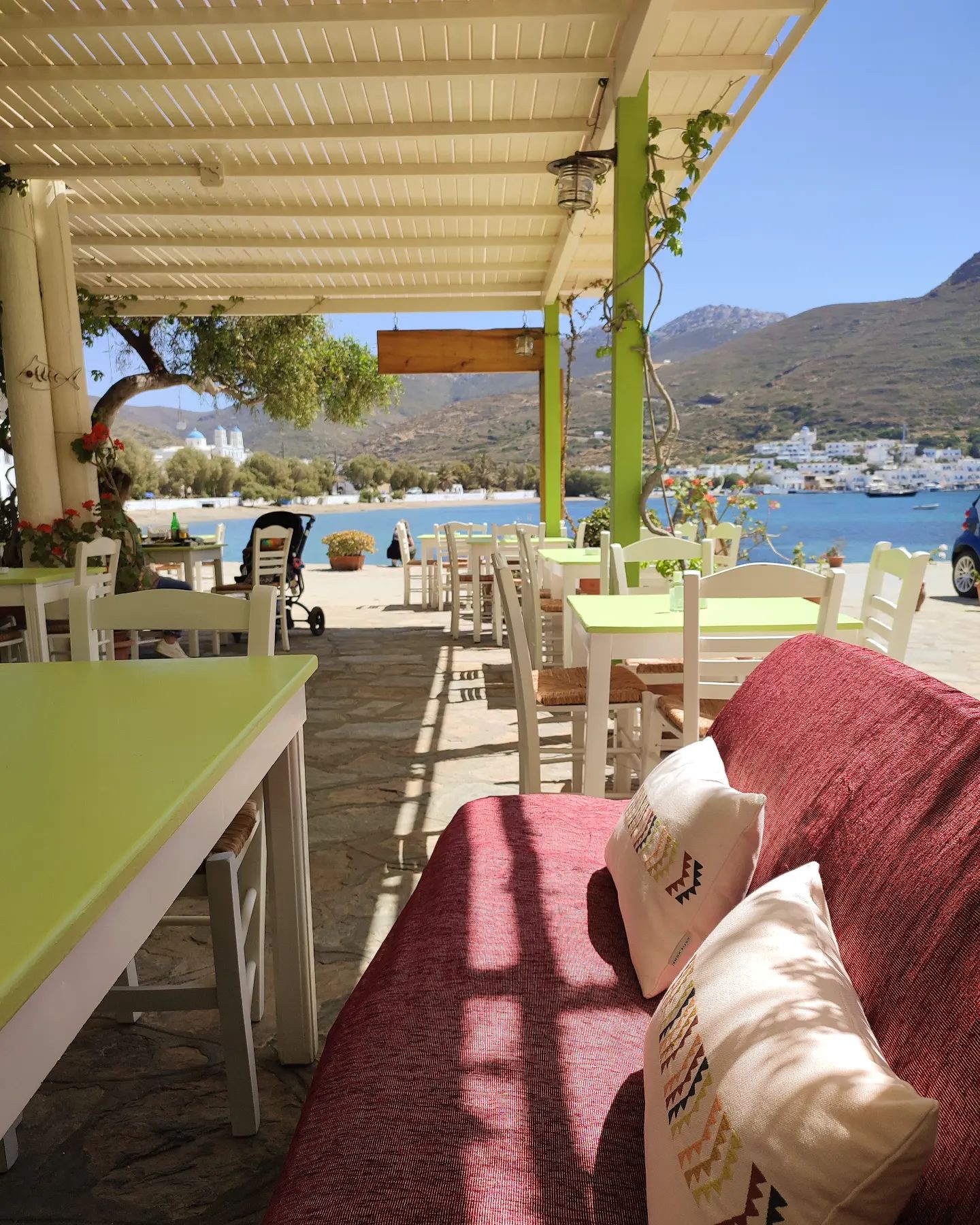
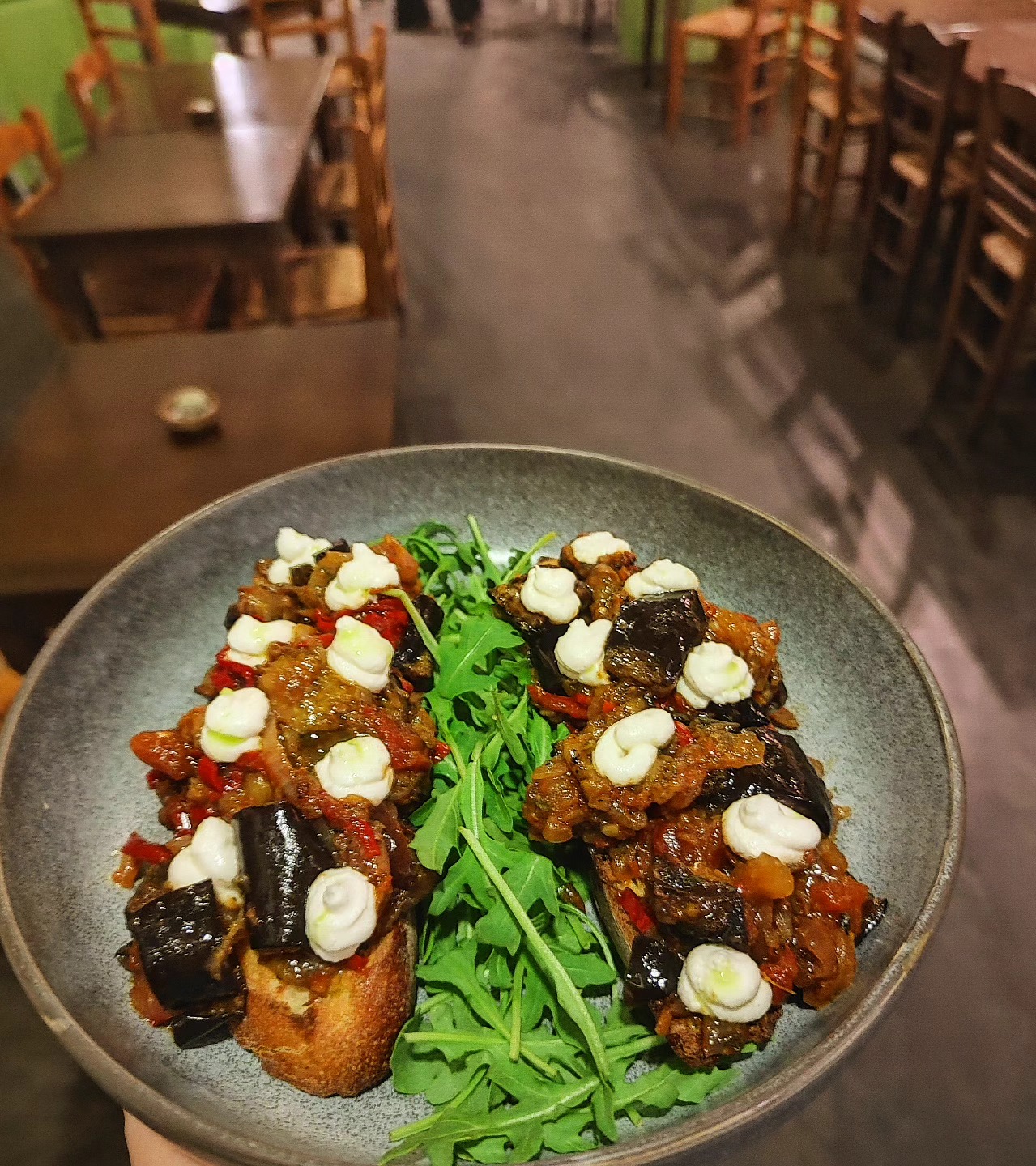
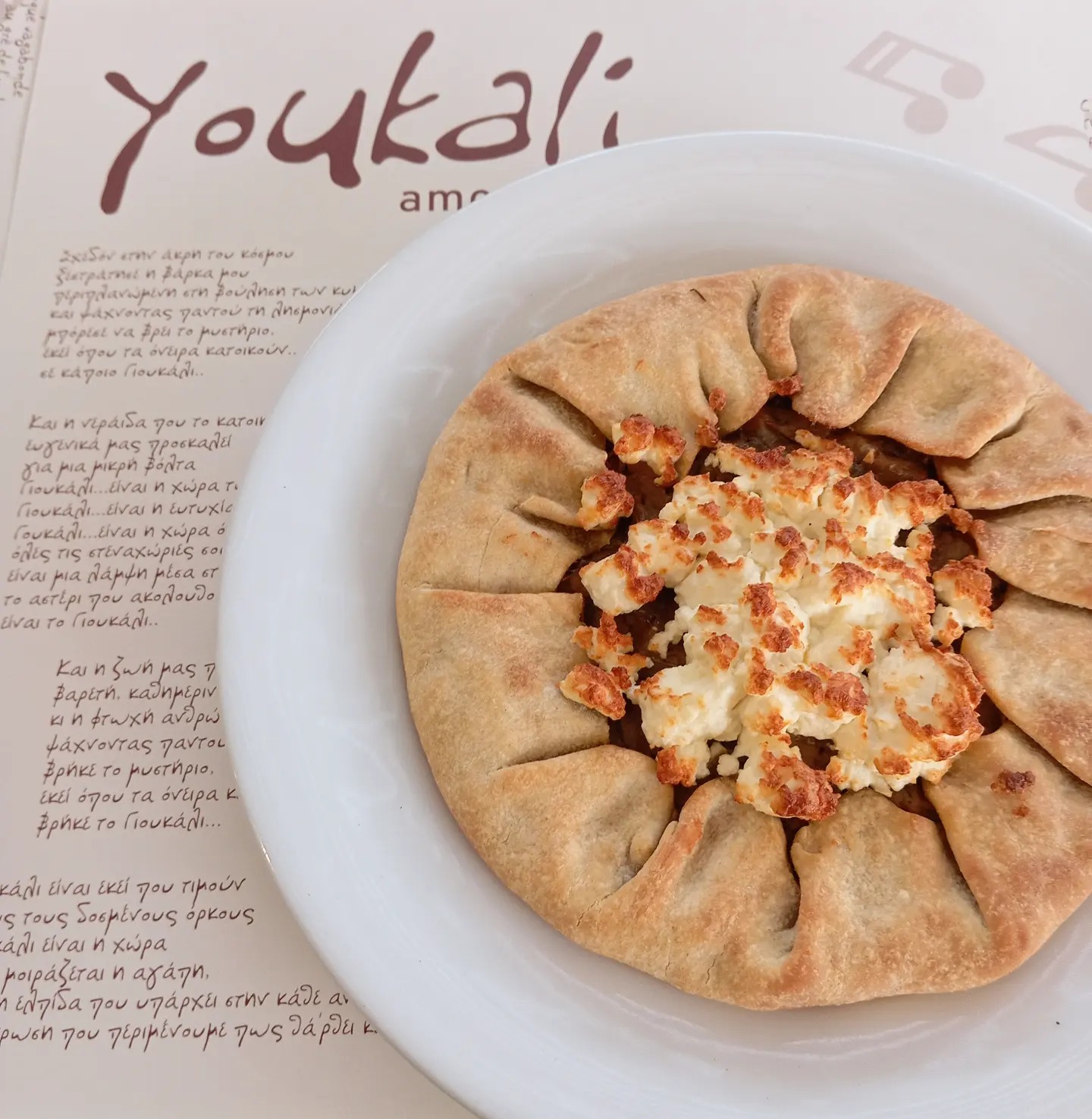
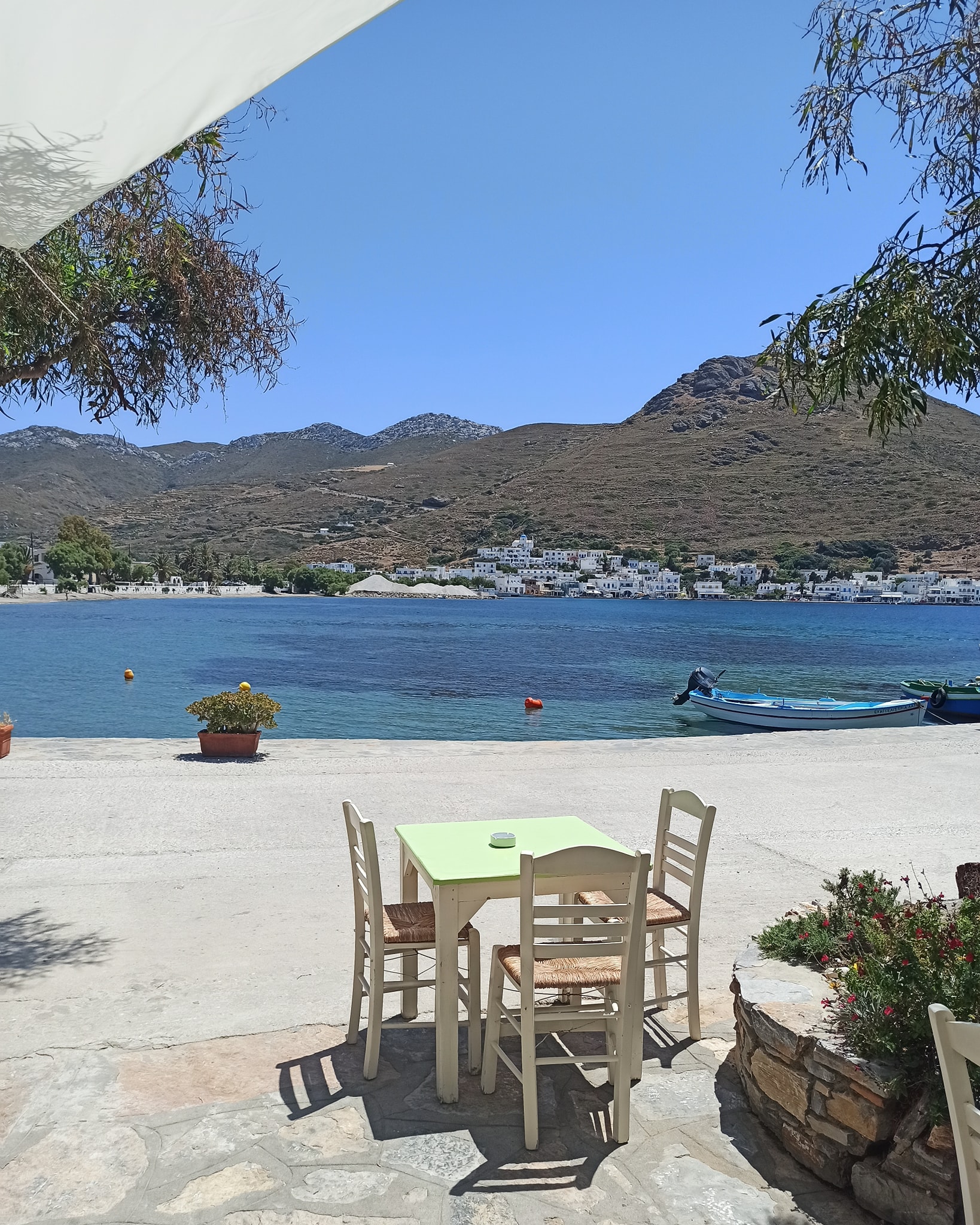
A seafood‑focused Mediterranean taverna in Katapola, celebrated for fresh mussels linguini, sea bass with crispy skin and creamy tzatziki. Its cozy, nautically‑inspired interior is filled with locals and visitors alike, flocking for the generous portions and casual elegance. Highlighting locally sourced produce and fish, Youkali also offers meat and vegetarian options, alongside a selection of Greek micro‑brews and house‑pour wine.
Xilokeratidi, Katapola
Apospero
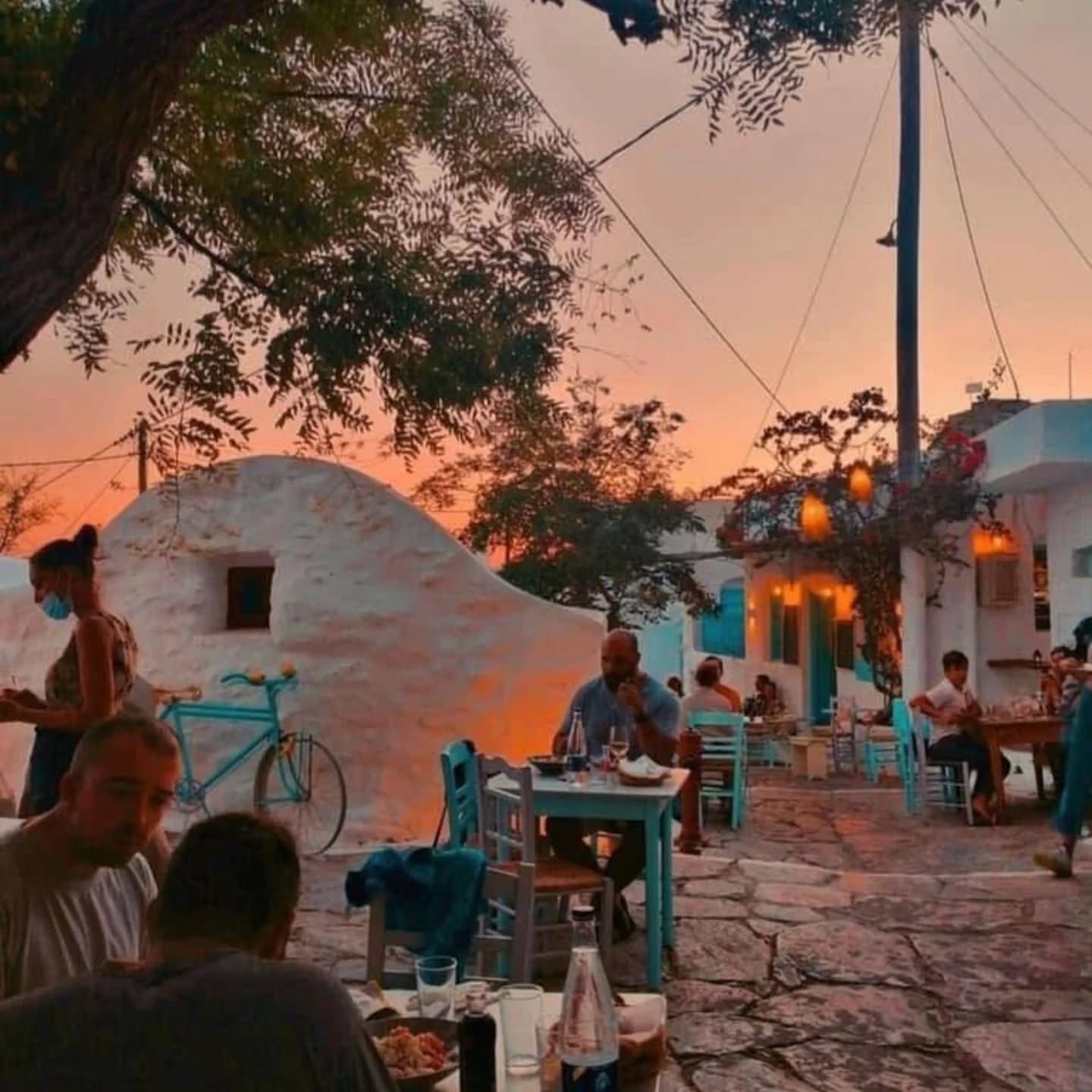

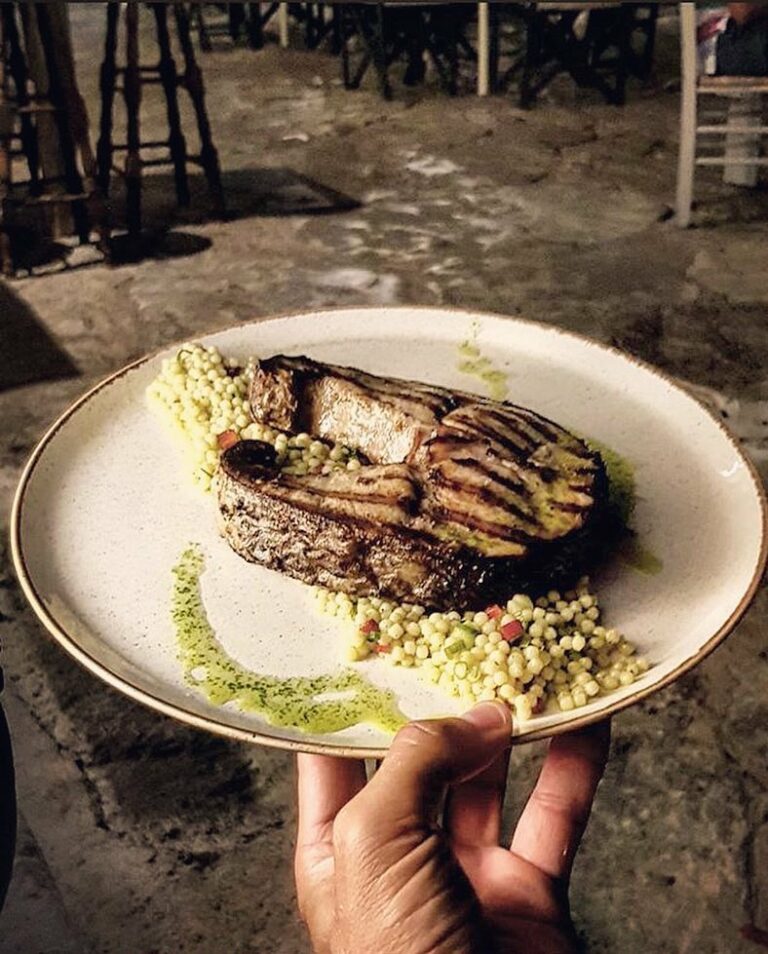
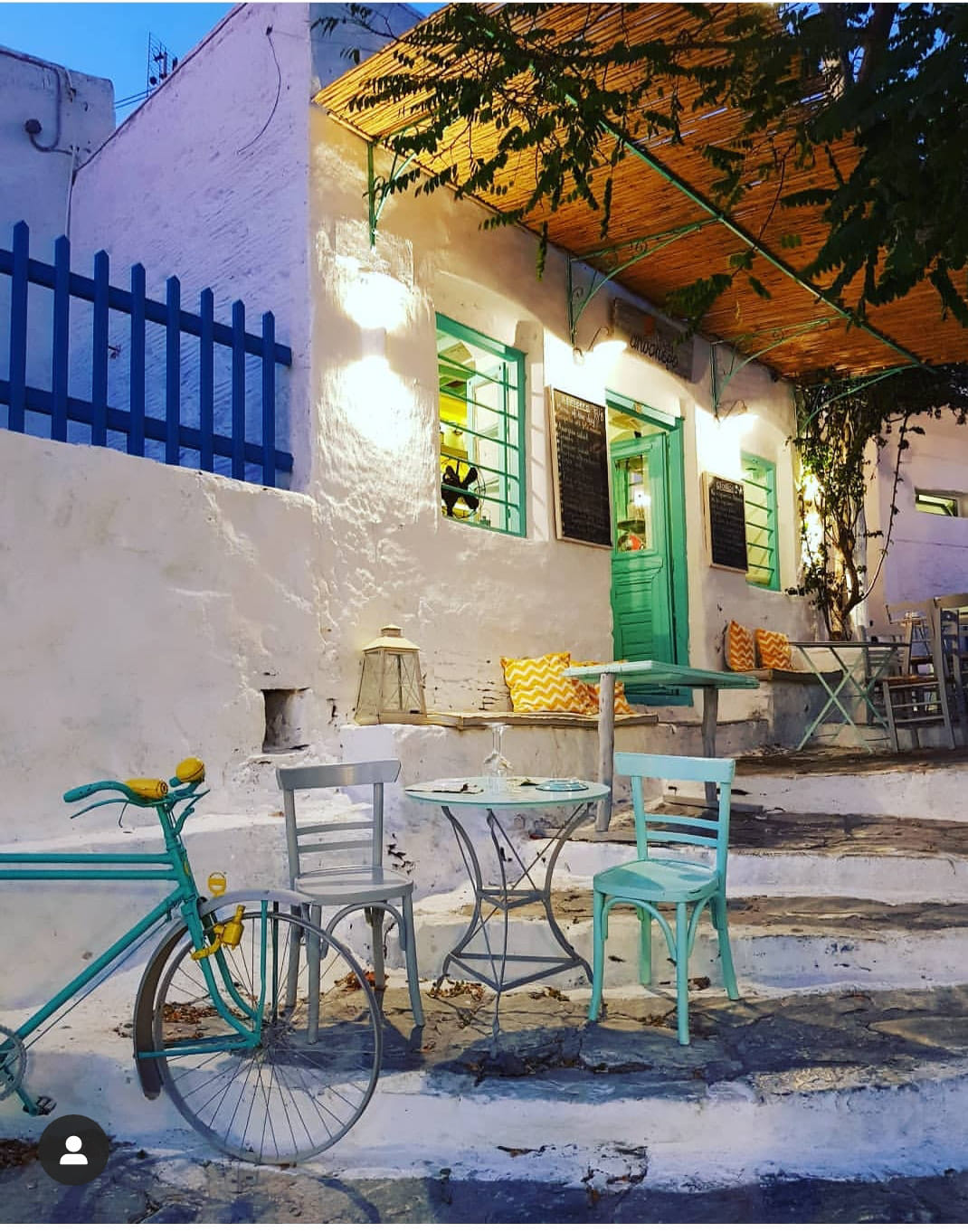
Perched in Langada village, this contemporary restaurant merges Cycladic elegance with creative flavor. Its tight menu spotlights dishes like lamb shank glazed with honey and rosemary or saffron‑infused seafood risotto. The refined décor—whitewashed walls, minimalist wood, soft lighting—complements the modern spin on traditional ingredients. A chosen destination for foodies seeking chic ambiance outside the main ports.
Langada
Marousso
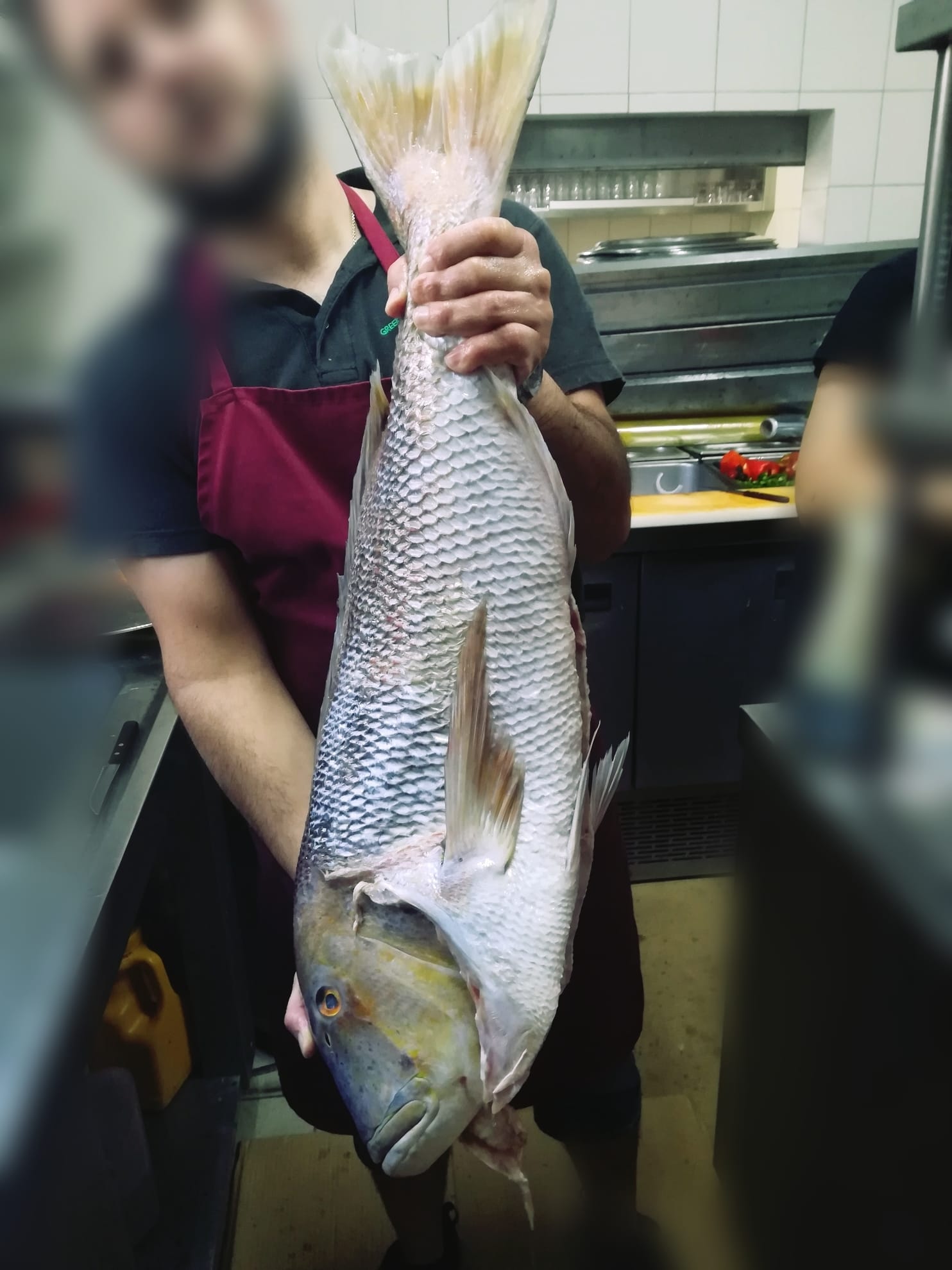
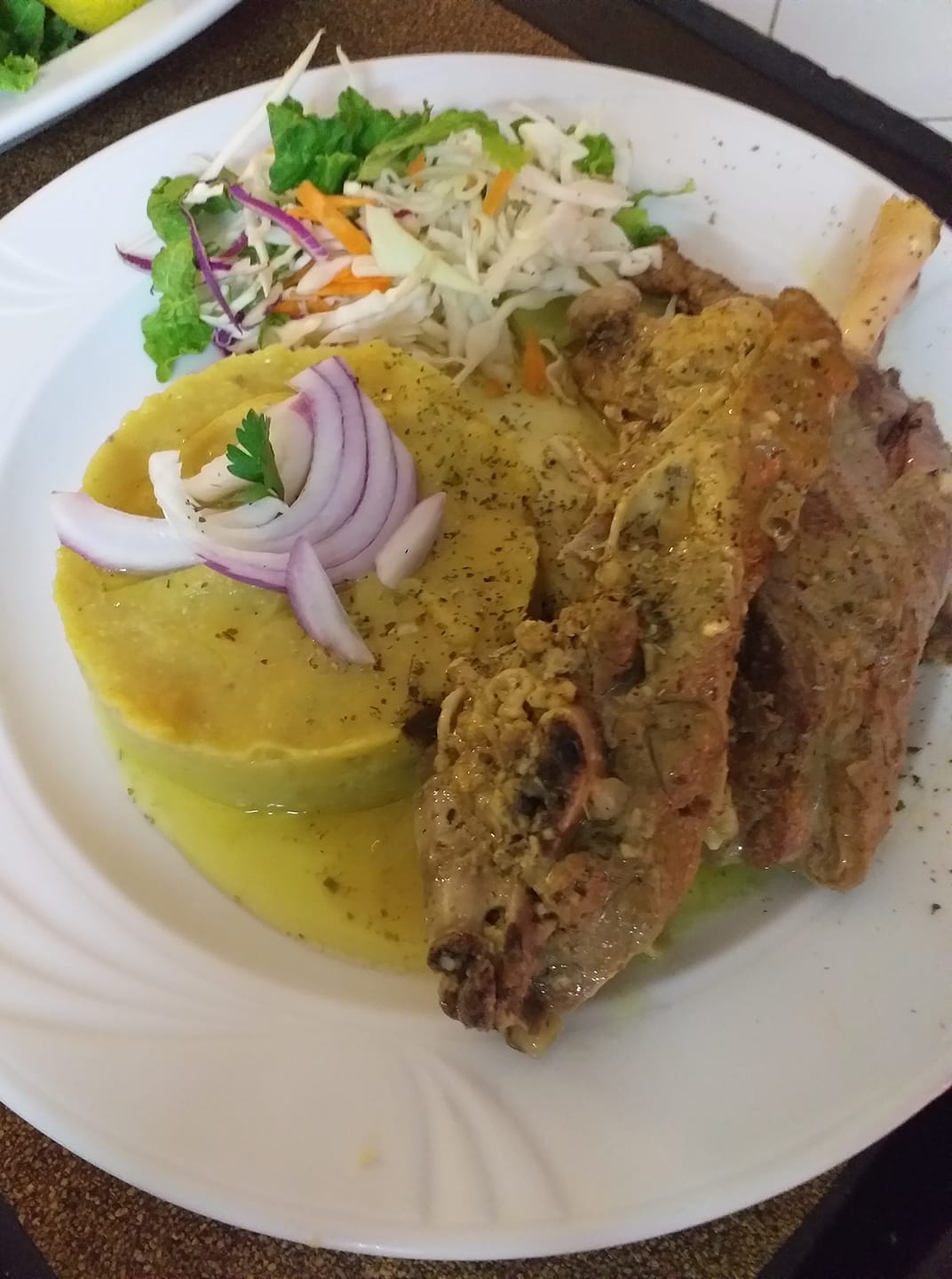
A much-loved, family-run taverna in Arkesini (Kato Meria), Marousso serves traditional Cycladic and Amorgian dishes in a rustic, sun-dappled courtyard. Guests praise its fresh fish—especially grilled sardines—and homemade salads, along with generous portions and friendly service in a relaxed, village‑style ambience. With local olive oil, vegetables and herbs featured throughout the menu, it’s a true farm‑to‑table experience. Located just a short drive from Chora, Marousso offers scenic views over the valley and nearby Aegean Sea. Perfect for lunch or dinner in a charming countryside setting.
Arkesini
Mouragio
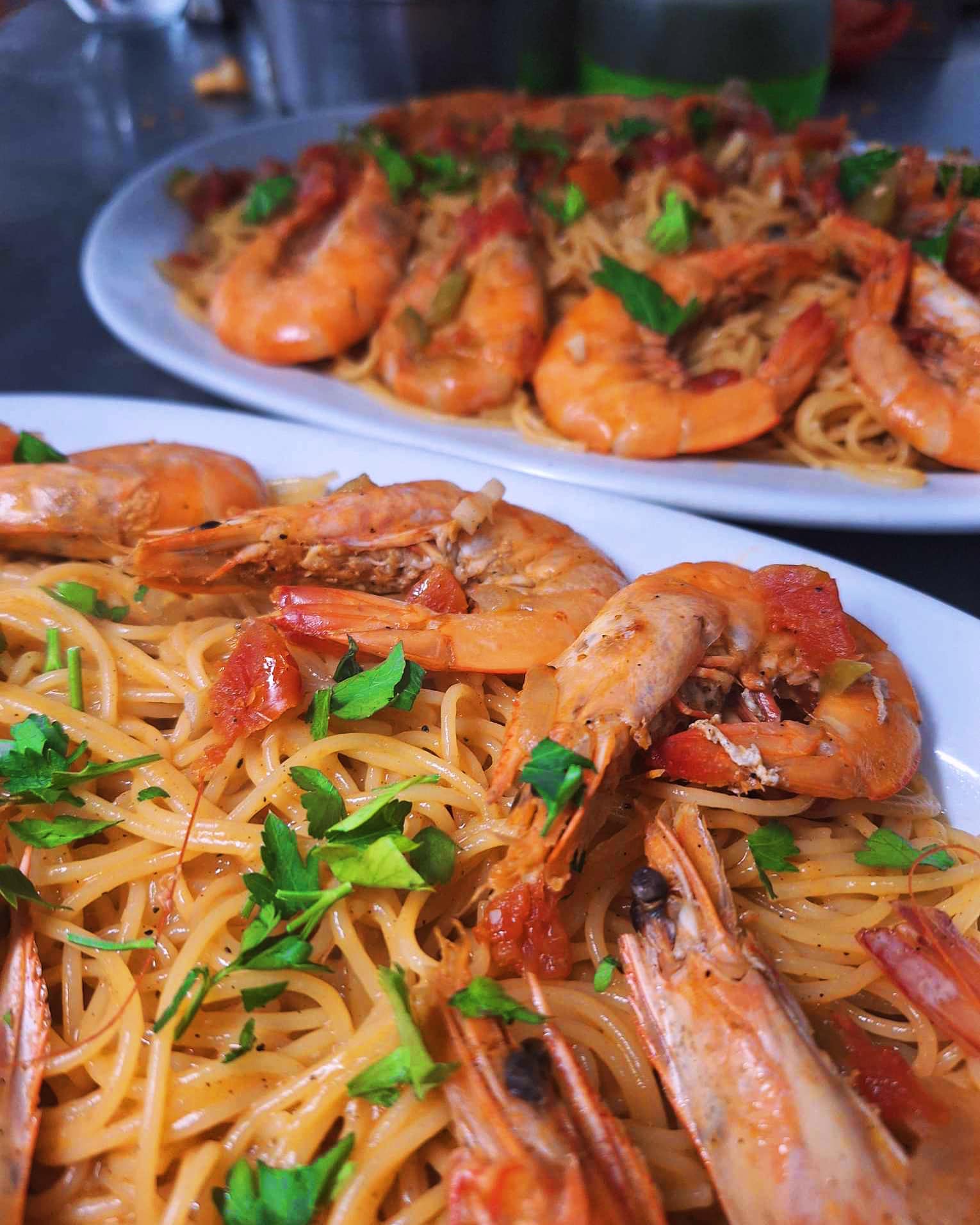
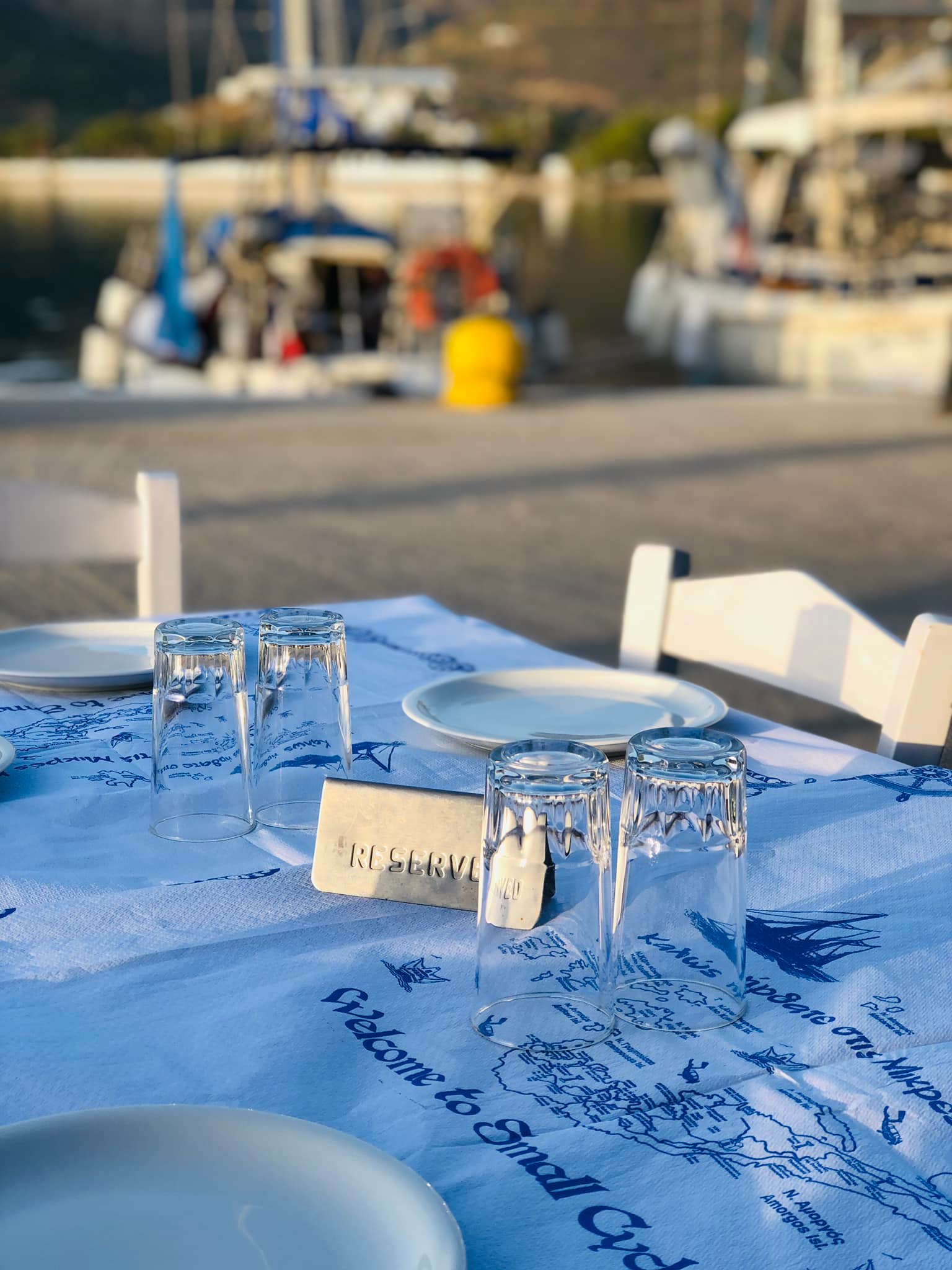
A beloved Katapola harbour institution serving authentic, homestyle Greek cuisine with stunning sea views. The classic menu includes grilled octopus, creamy moussaka, Greek salad, and daily‑caught seafood. Its relaxed setting—outdoor terrace shaded by vines—invites a slow‑paced, leisurely meal while watching fishing boats drift by. Ideal for families and couples craving comfort‑food quality.
Katapola




